When it comes to choosing a bathtub, the options can be overwhelming. With so many varying elements, it cannot possibly be that hard to decide what makes one kind different from another. When you’re in the market for an acrylic bathtub, you may find yourself wondering what it has in common with other types of tubs — or doesn’t, for that matter — such as cast iron, fiberglass or even stone. Not to worry: We’ve done the legwork for you in this guide as we compare acrylic to some of the most common bathtub materials.
If you are remodeling a bathroom or building one from the ground up, keep reading to learn what’s best for you. For high quality acrylic tub options, consider options from Wellfor.com. There are some wonderful choices if you’re in the market for something tougher and more sophisticated. Let's dive in!
What is an Acrylic Tub?
An acrylic tub is made from a sheet of acrylic that is reinforced with fiberglass to increase its strength. It is heated and formed into various shapes and sizes. Acrylic is one of the most preferred materials for tubs due to its lightweight nature and ability to be formed into various shapes. You've seen it in freestanding tubs, alcove models, and other bath fixtures.
Key Features of Acrylic Tubs:
· Lightweight but durable
· Non-porous, so it resists stains and mildew
· Available in a variety of colors and styles
· Naturally warm to the touch, reducing the need for scalding-hot water
Now that we've covered the basics, let's compare acrylic tubs to the other materials commonly used for bathtubs.
Acrylic vs. Fiberglass
Fiberglass and acrylic are both light and affordable, which leads many people to compare the two. However, there are notable differences between these materials.
Advantages of Acrylic Tubs over Fiberglass
Durability:
· Acrylic is more robust and resistant to cracking over time compared to fiberglass. It maintains its appearance even with daily use.
Luxurious Look:
· Acrylic tubs have a glossy, smooth finish, giving them a more upscale feel than fiberglass.
Insulation:
· Acrylic holds heat better, allowing bathwater to stay warm longer and enhancing your bathing experience.
Fiberglass Drawbacks:
While fiberglass bathtubs are lighter and generally more affordable, they are more susceptible to water stains and tend to lose their color more quickly.
Bottom Line: Acrylic tubs are the better investment if you want something that's both lightweight and long-lasting.

Acrylic vs. Cast Iron
Cast iron tubs have been around for ages and are loved for their classic and enduring appeal. However, this traditional favorite comes with its share of pros and cons when compared to acrylic.
Why Choose an Acrylic Tub Over a Cast Iron One?
Easier Installation:
· Cast iron tubs are extremely heavy, often requiring reinforced flooring and multiple people to install. Acrylic tubs are easier to maneuver and install compared to other materials.
Variety of Styles:
· While cast iron tubs are primarily available in clawfoot or rectangular designs, acrylic tubs offer a wider range of shapes, including oval, corner, and whirlpool varieties.
Cost-Friendly:
· Cast iron is typically more expensive, and maintaining its enamel coating can also add to long-term costs.
Resistance to Chipping:
· Unlike cast iron, which requires an enamel-coated finish prone to chipping, acrylic tubs are more forgiving when exposed to impacts.
When is Cast Iron a Better Choice?
If you love vintage aesthetics, cast iron tubs could be a beautiful addition to your bathroom. However, for practicality, acrylic wins hands down.
Acrylic vs. Steel
Steel tubs are often chosen for their durability and heat resistance. But how do they compare to the well-designed acrylic tubs available on Wellfor.com?
Advantages of Acrylic Tubs Over Steel
Quieter Bathing Experience:
· Steel tubs can be noisy when water hits the surface, whereas acrylic tubs offer a quieter fill.
Scratch Resistance:
· Steel tubs are prone to scratches and may require professional touch-ups, whereas acrylic tubs are easier and less expensive to repair if damaged.
Better Temperature Control:
· Acrylic stays warmer to the touch, enhancing comfort, especially during colder months.
Pro Tip: If you're renovating a second-floor bathroom, the lightweight nature of acrylic tubs makes them an excellent choice for reducing the load on the structure.
Acrylic vs. Stone or Resin
For those leaning toward high-end luxury, stone or resin tubs are often considered the best options. These materials are undeniably elegant but come with significant trade-offs.
Why Acrylic Tubs Offer Better Value:
Affordability:
· Stone and resin tubs can cost thousands of dollars, making acrylic a much more budget-friendly option for style-conscious homeowners.
Low Maintenance:
· Acrylic is non-porous, meaning it resists the growth of mold and mildew. Stone tubs require regular sealing to maintain their look.
Variety and Versatility:
· Unlike heavy stone tubs, acrylic can be molded into unique shapes without adding weight, making them suitable for homes with limited space or structural considerations.
Drawback of Stone:
While undeniably stunning, stone tubs can be incredibly heavy and expensive to install. They are also limited in color and finish choices compared to the broader palette acrylic offers.
Why Wellfor Stands Out for Acrylic Tubs
If you're leaning towards an acrylic tub for your next bathroom refresh, Wellfor.com is a must-visit destination. They provide beautifully designed acrylic tubs that are built to last. With a range of sizes, colors, and styles, Wellfor's tubs cater to every kind of homeowner, from modern minimalists to those who love traditional luxury.
Why Wellfor Acrylic Tubs Are a Great Choice:
· High-Quality Materials:
· Wellfor's acrylic tubs are reinforced for strength, ensuring years of use without cracking or yellowing.
· Affordable Pricing:
· Enjoy premium designs without the premium price tag.
· Customer-Centric Design:
· Models from Wellfor are crafted for comfort and easy installation.
Things to Consider When Choosing a Bathtub Material
Not sold on acrylic yet? Here are some factors to keep in mind when shopping for your next tub:
· Installation Requirements:
· Heavy tubs, such as cast iron or stone, may require additional support, whereas acrylic is generally easier to install.
· Budget:
· Acrylic strikes a perfect balance between affordability and luxury.
· Aesthetic Preferences:
· Consider the material that best fits your bathroom design. Acrylic offers diverse shapes and finishes.
· Longevity:
· Aim for a bathtub that not only looks good but also maintains its performance over time. Acrylic tubs from Wellfor excel in doing just that.
Final Thoughts
Form, function, cost and personal needs and style play a role in determining a great choice for your bathtub material. While fiberglass, cast iron, steel, and stone all have their virtues, none can match acrylic’s winning combination of beauty, value and performance. And when you choose a trusted name like Wellfor, you know you can count on both quality and fashion.
Check out these options wellfor acrylic bathtubs on. Hurry now and transform your bathroom into a haven.

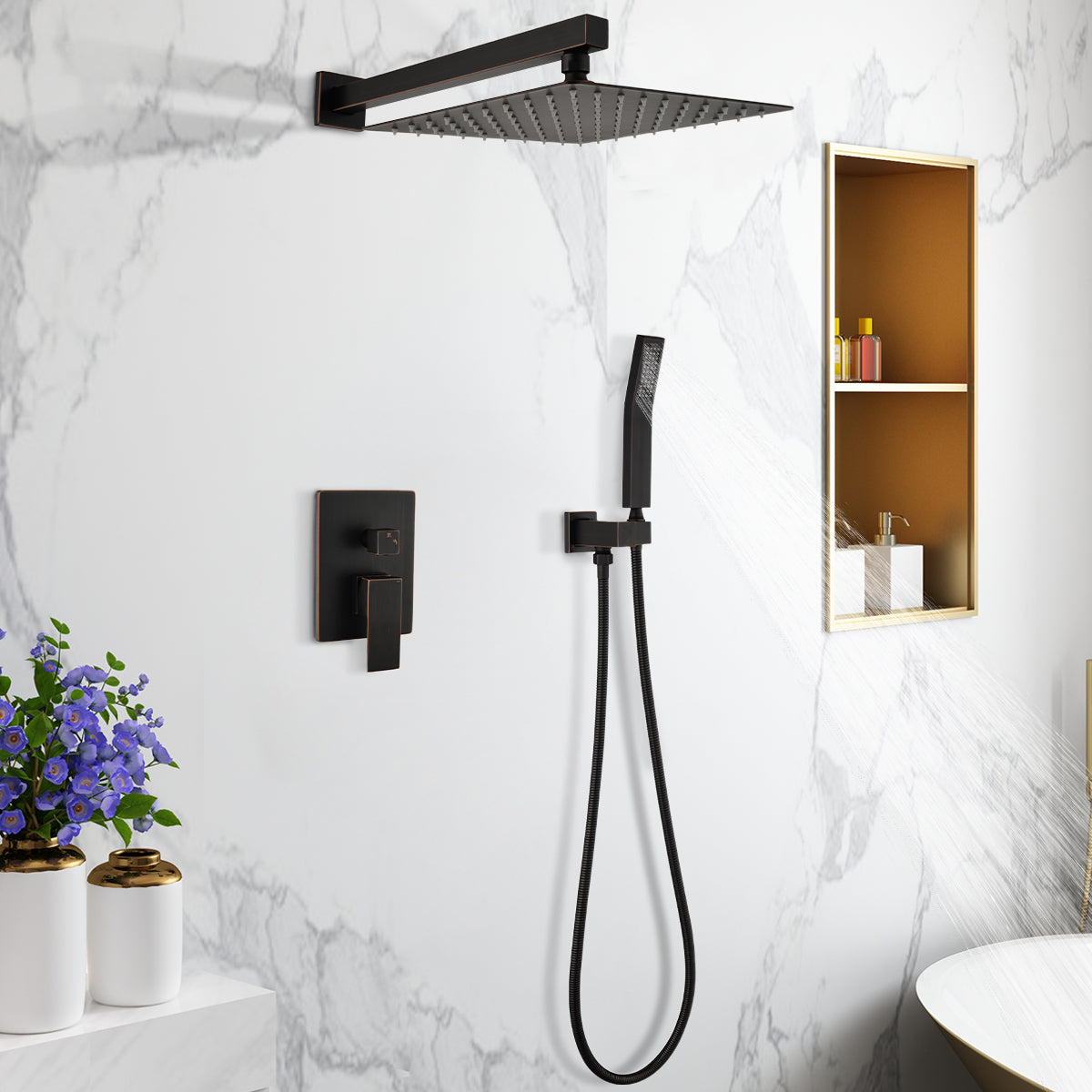
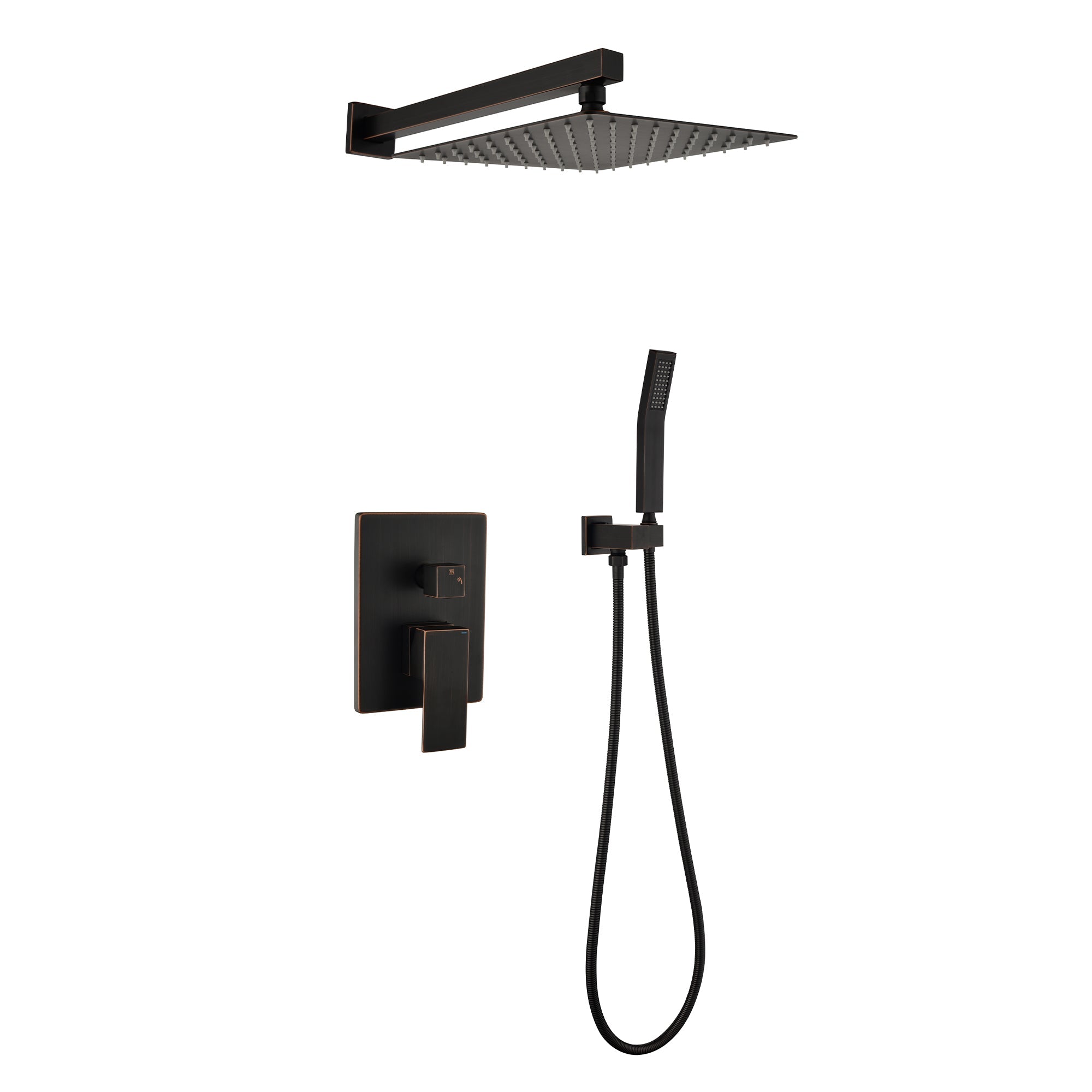


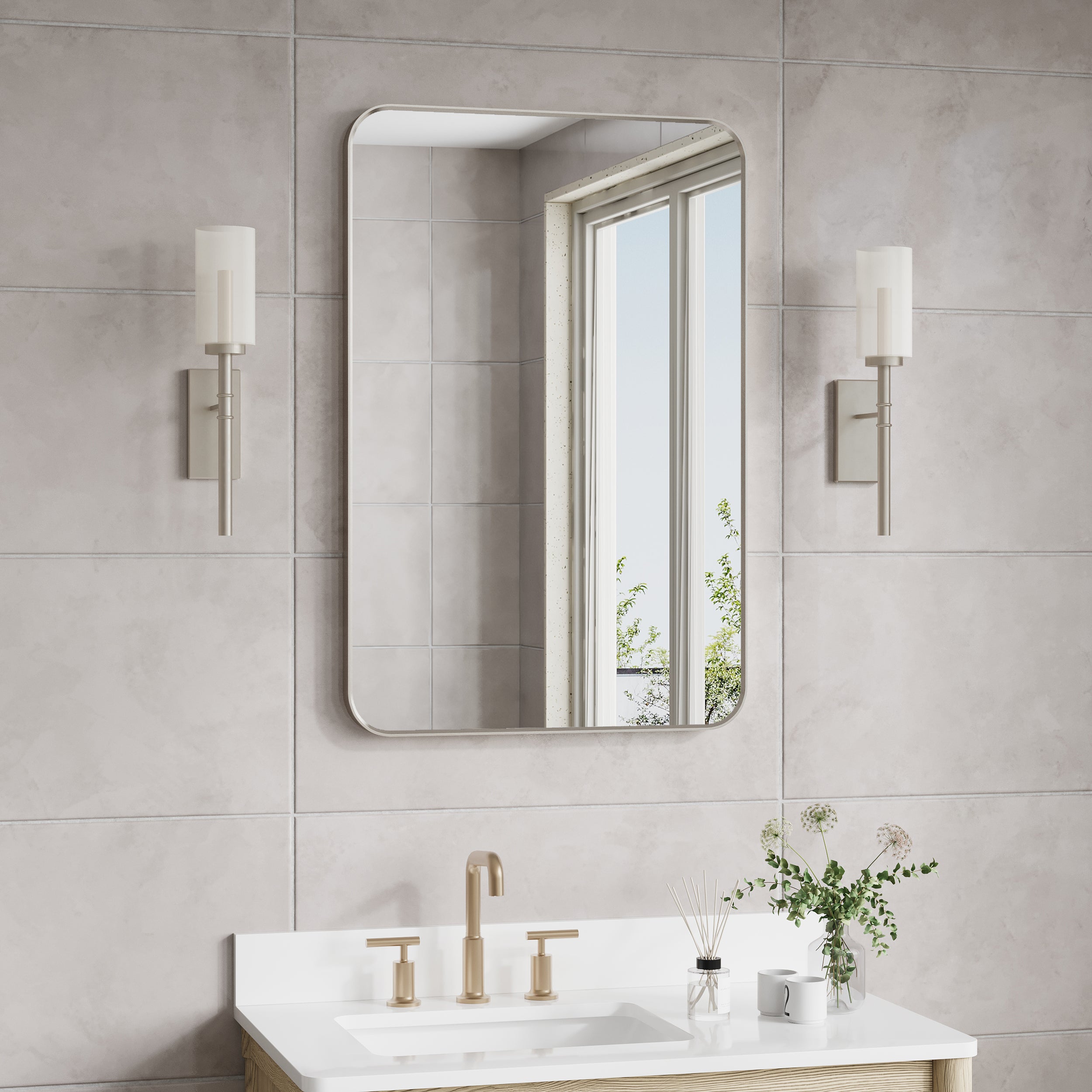
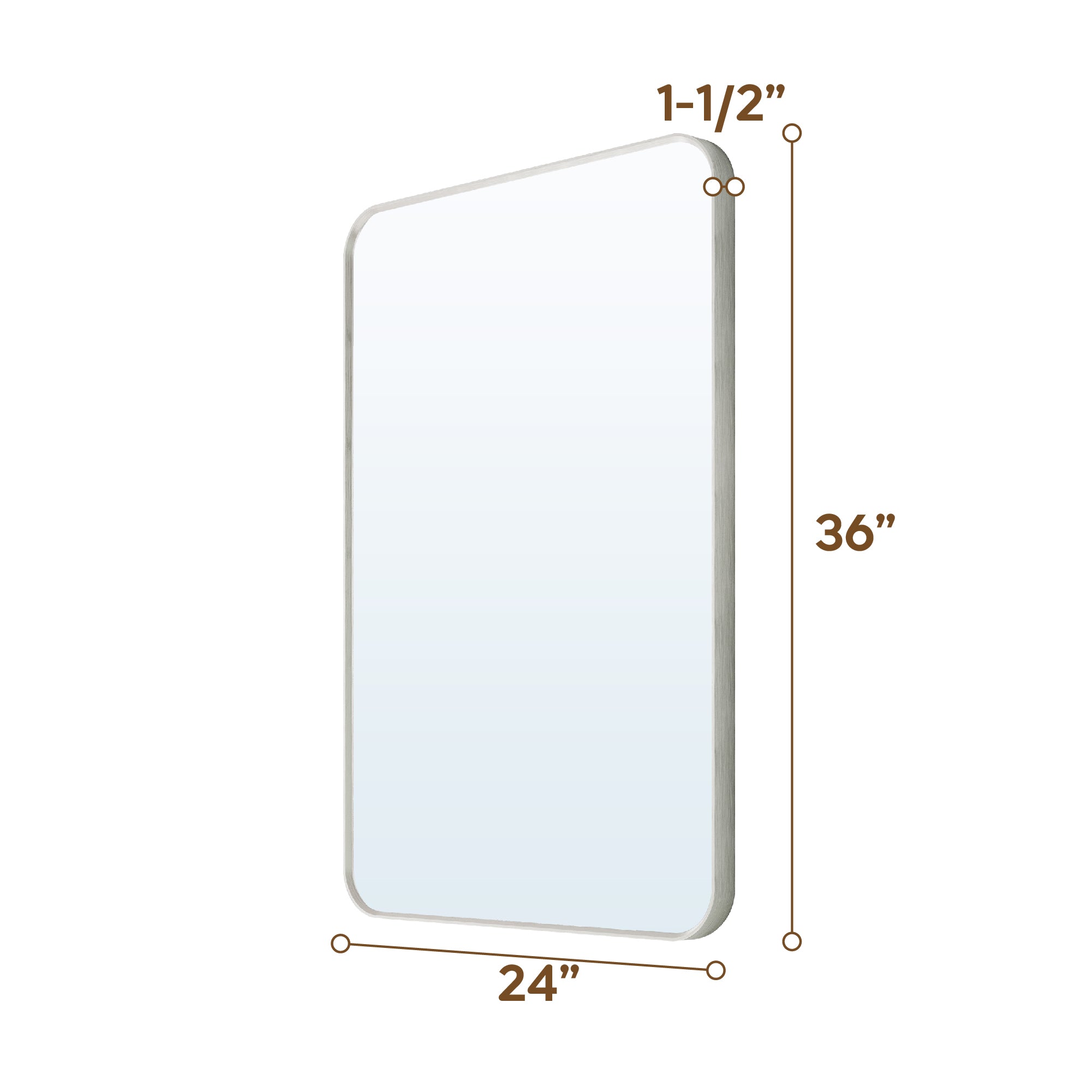


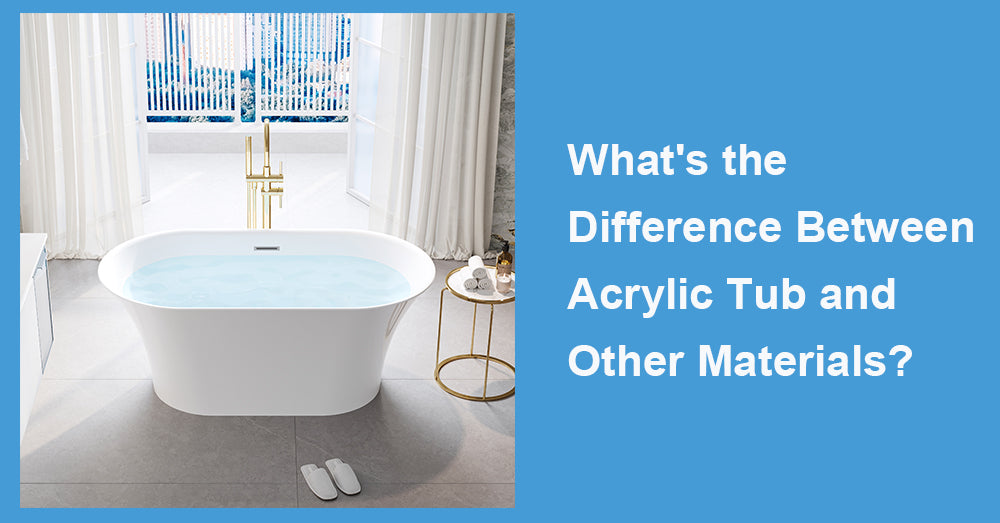
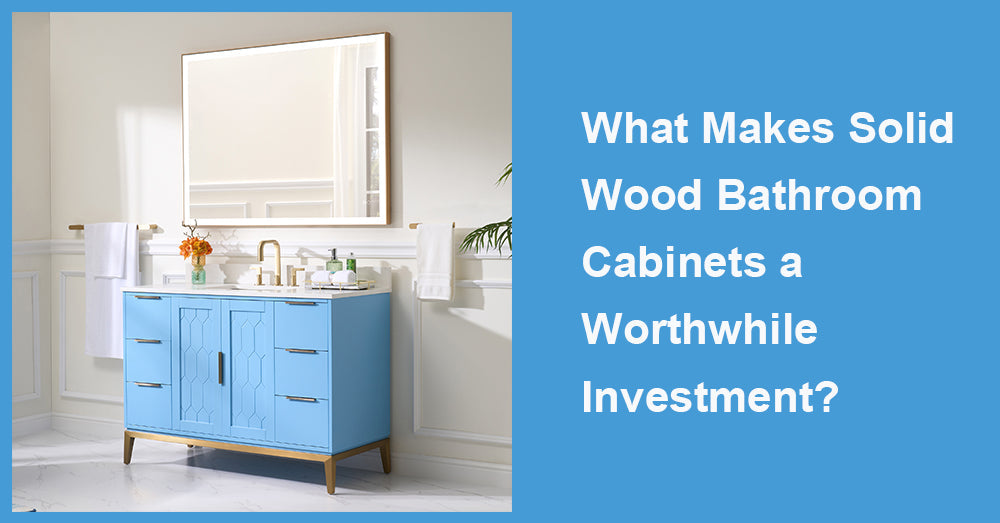
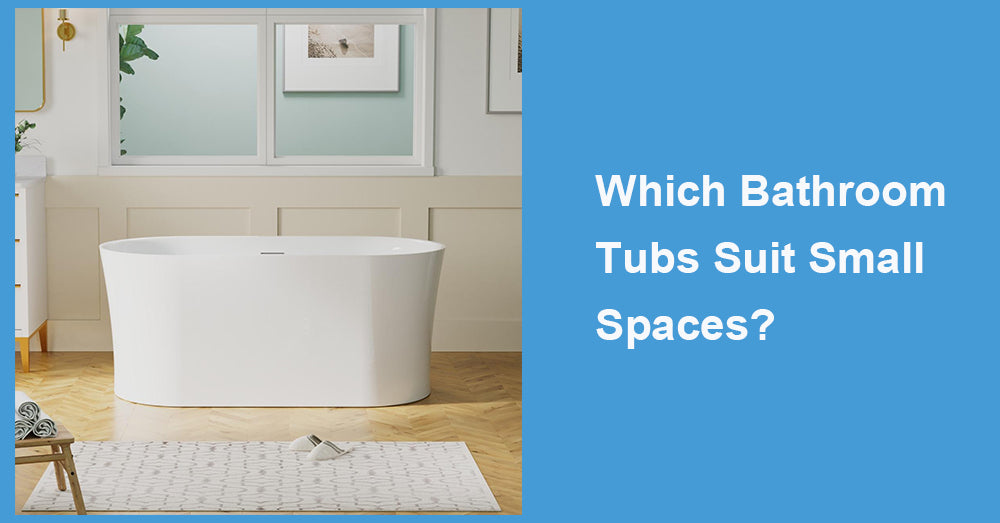
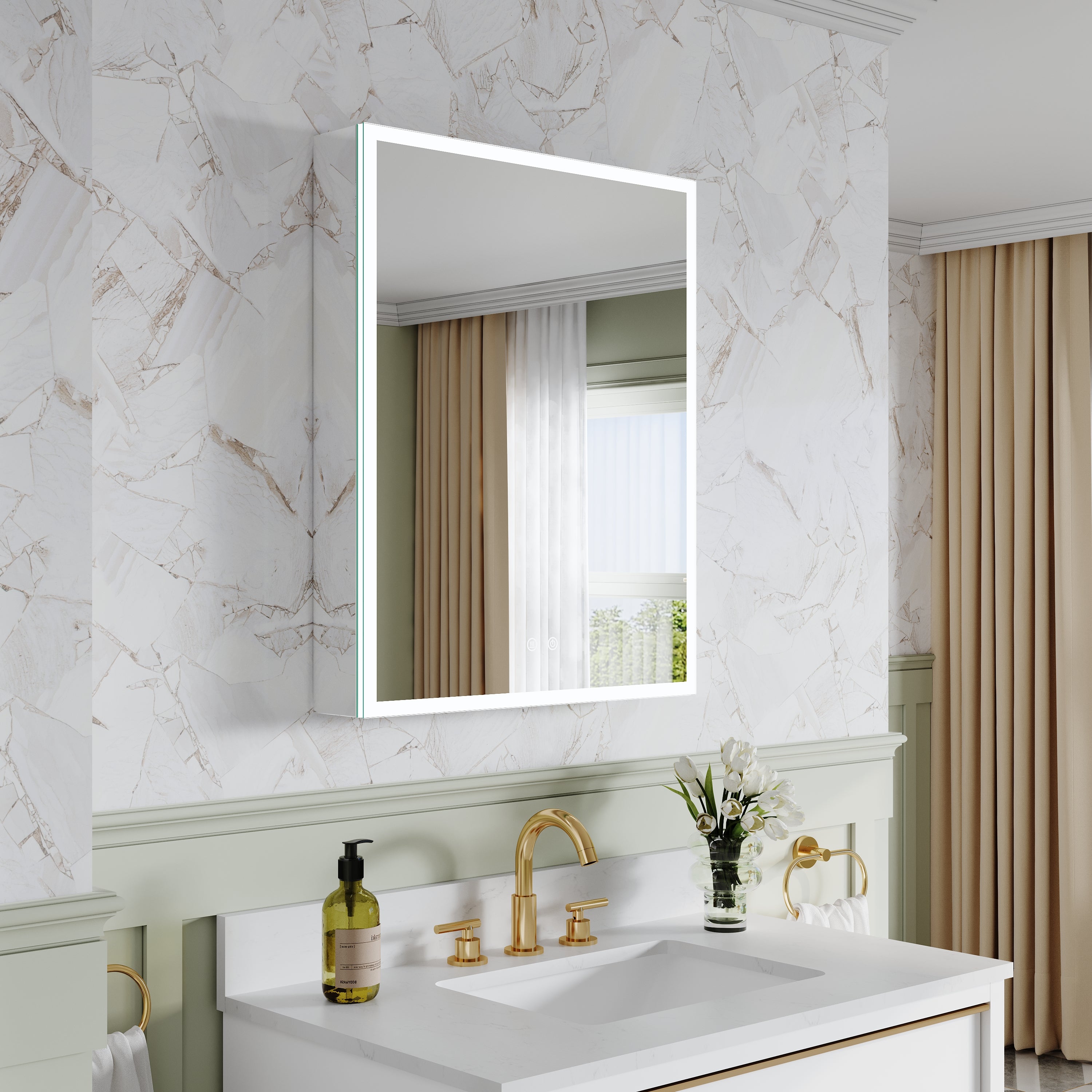
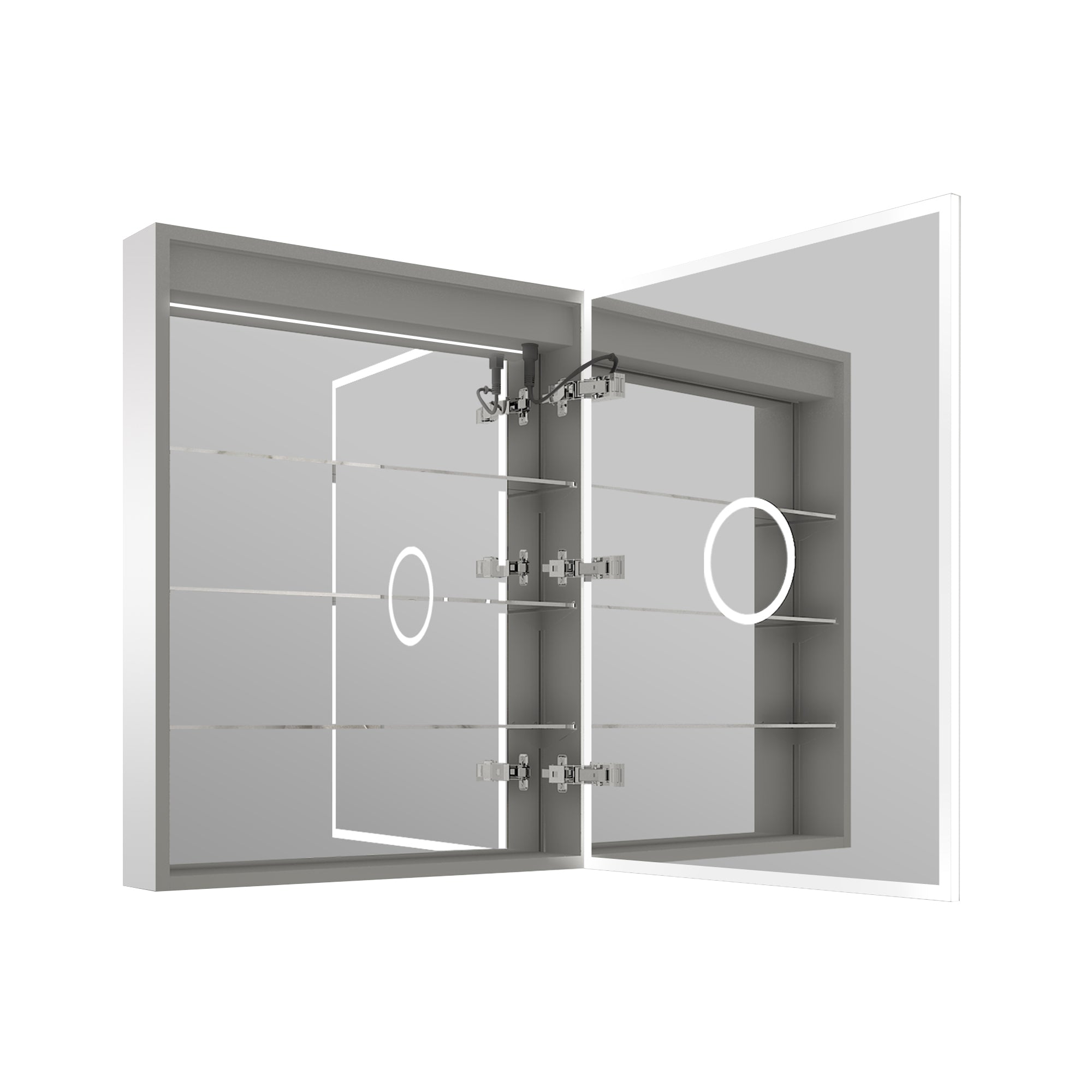
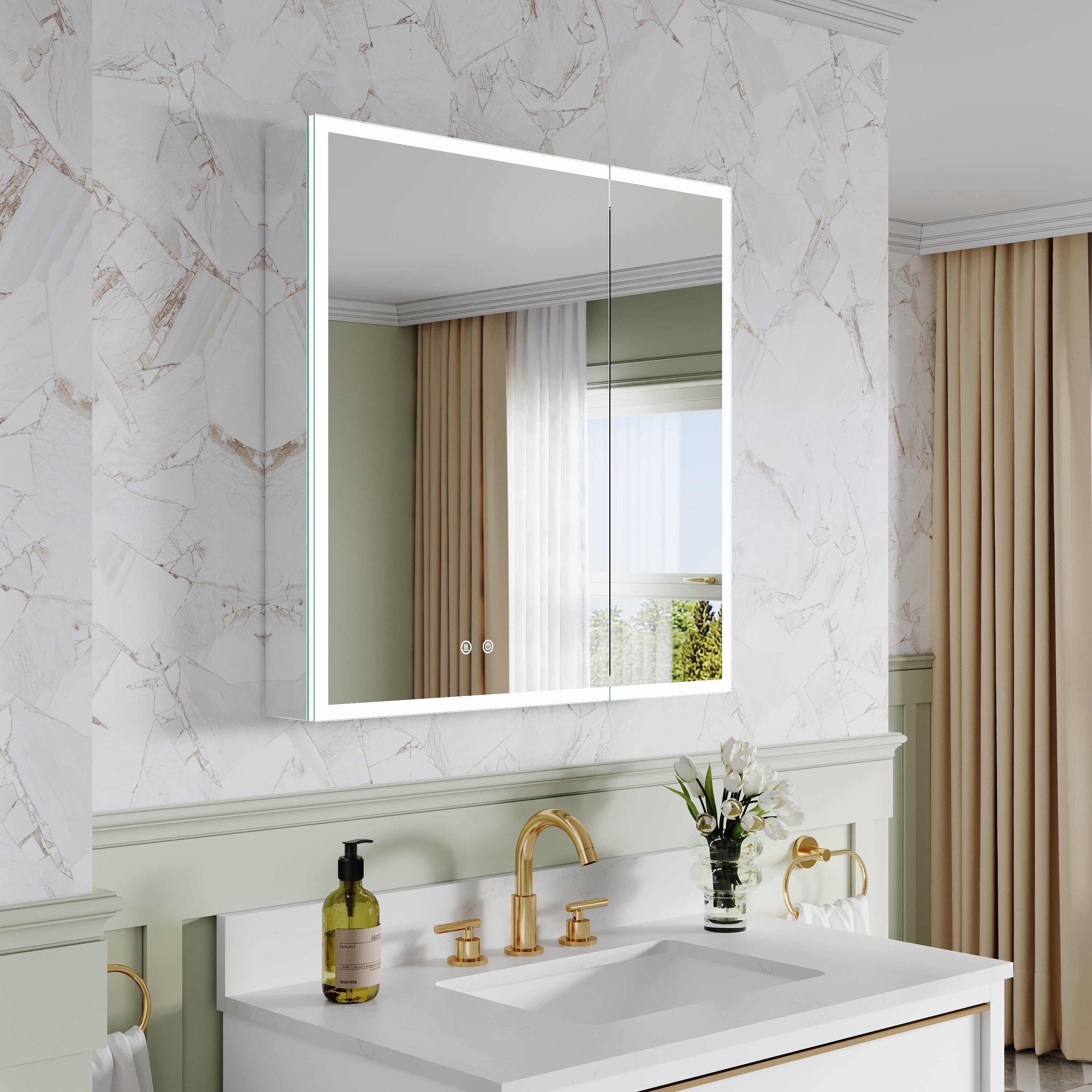
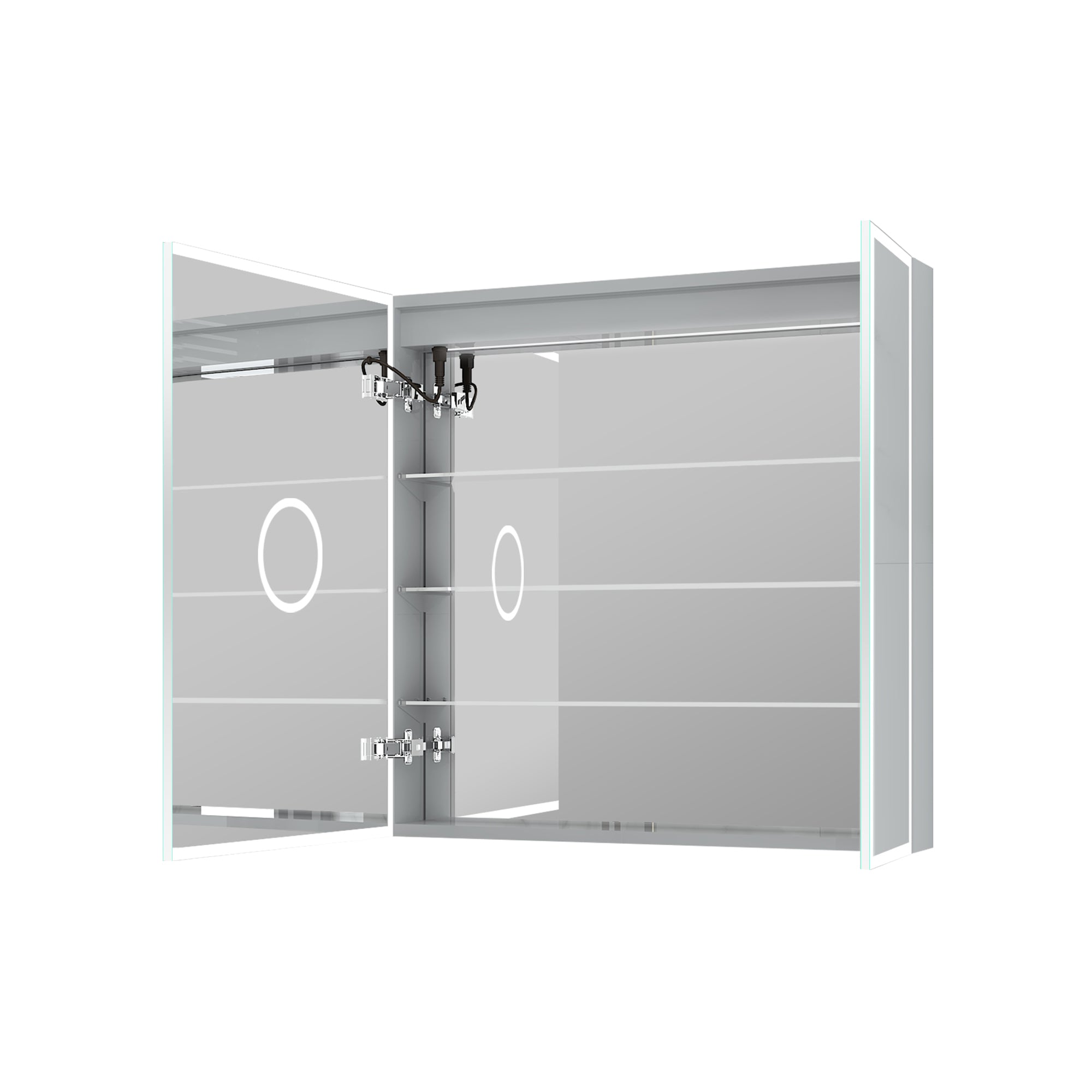
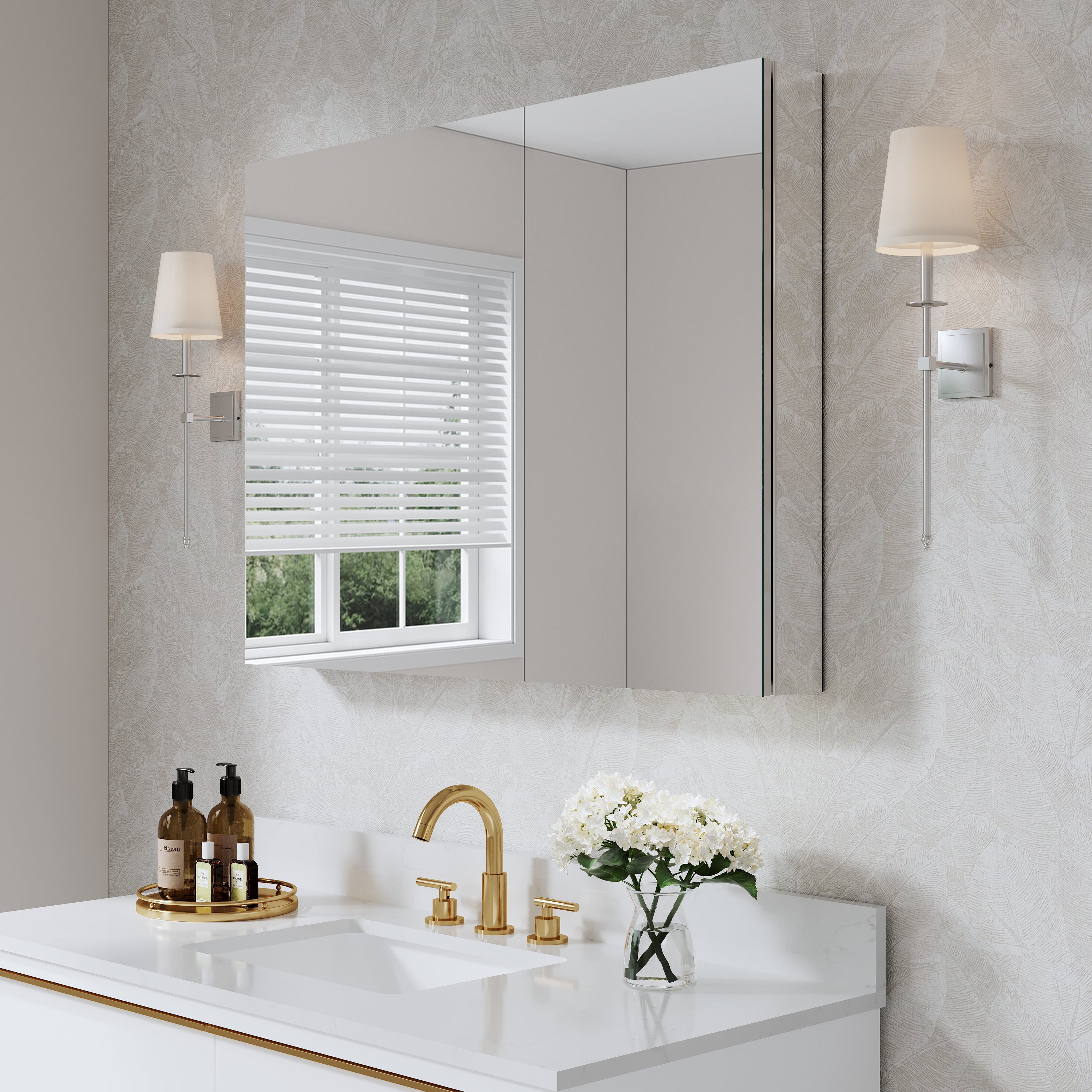

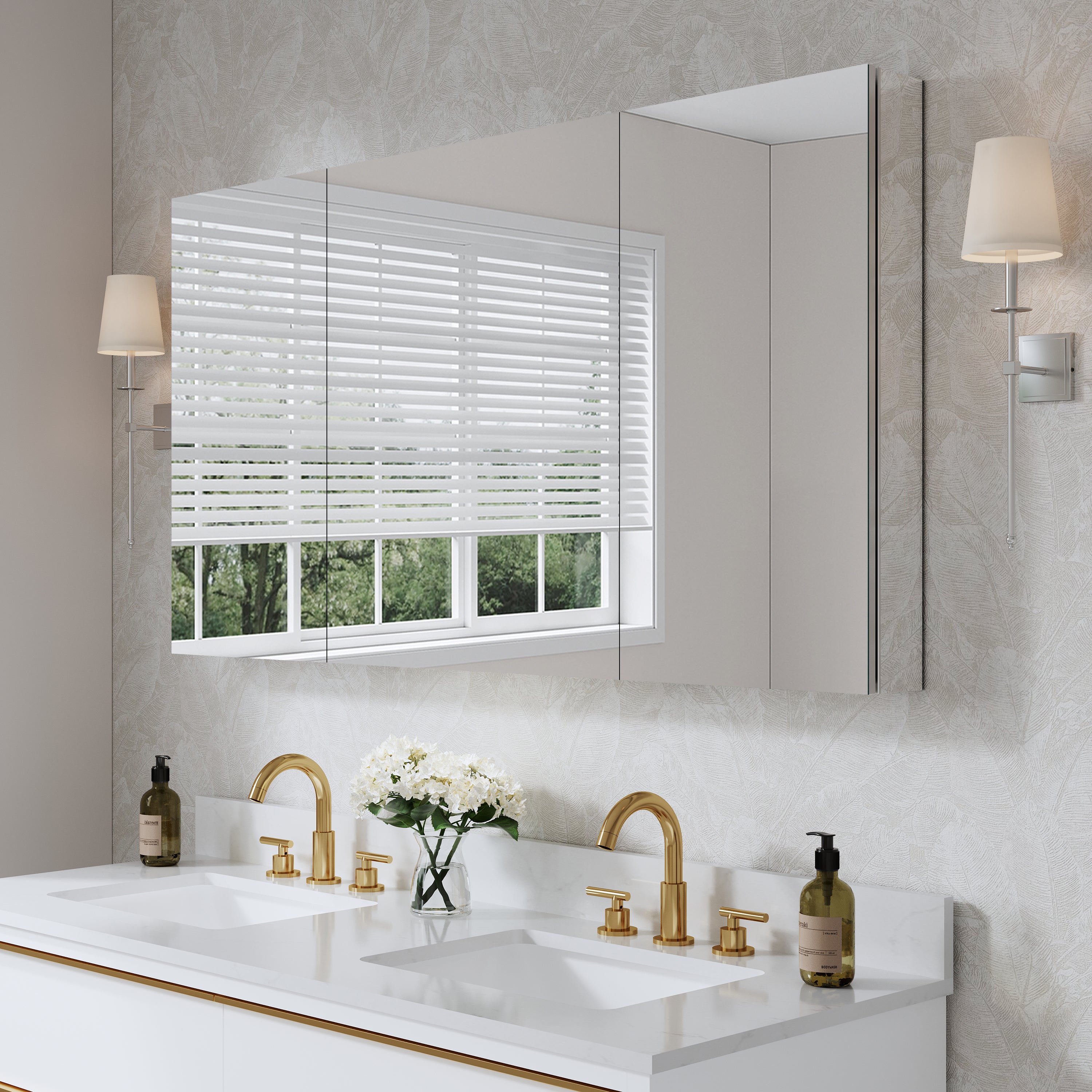

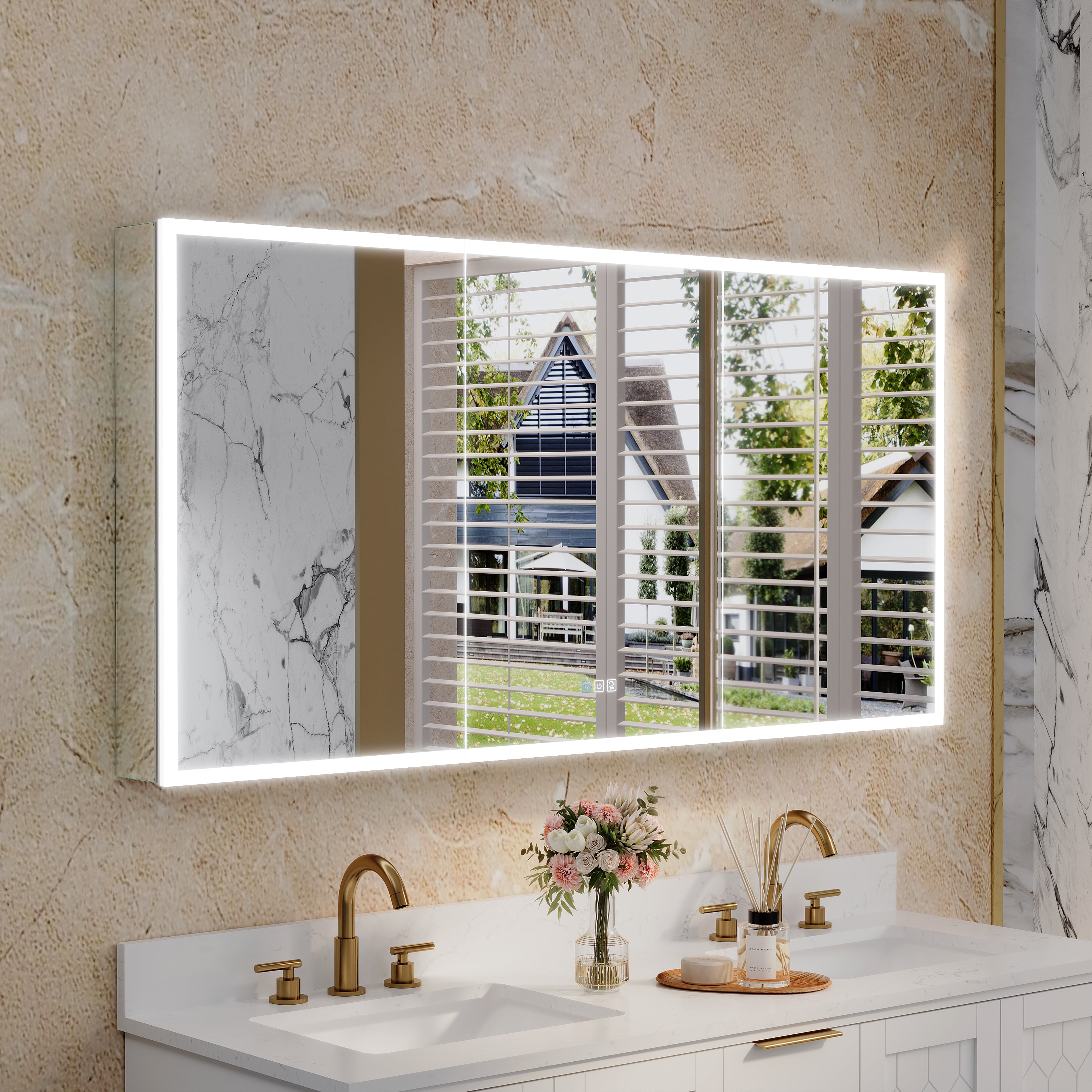

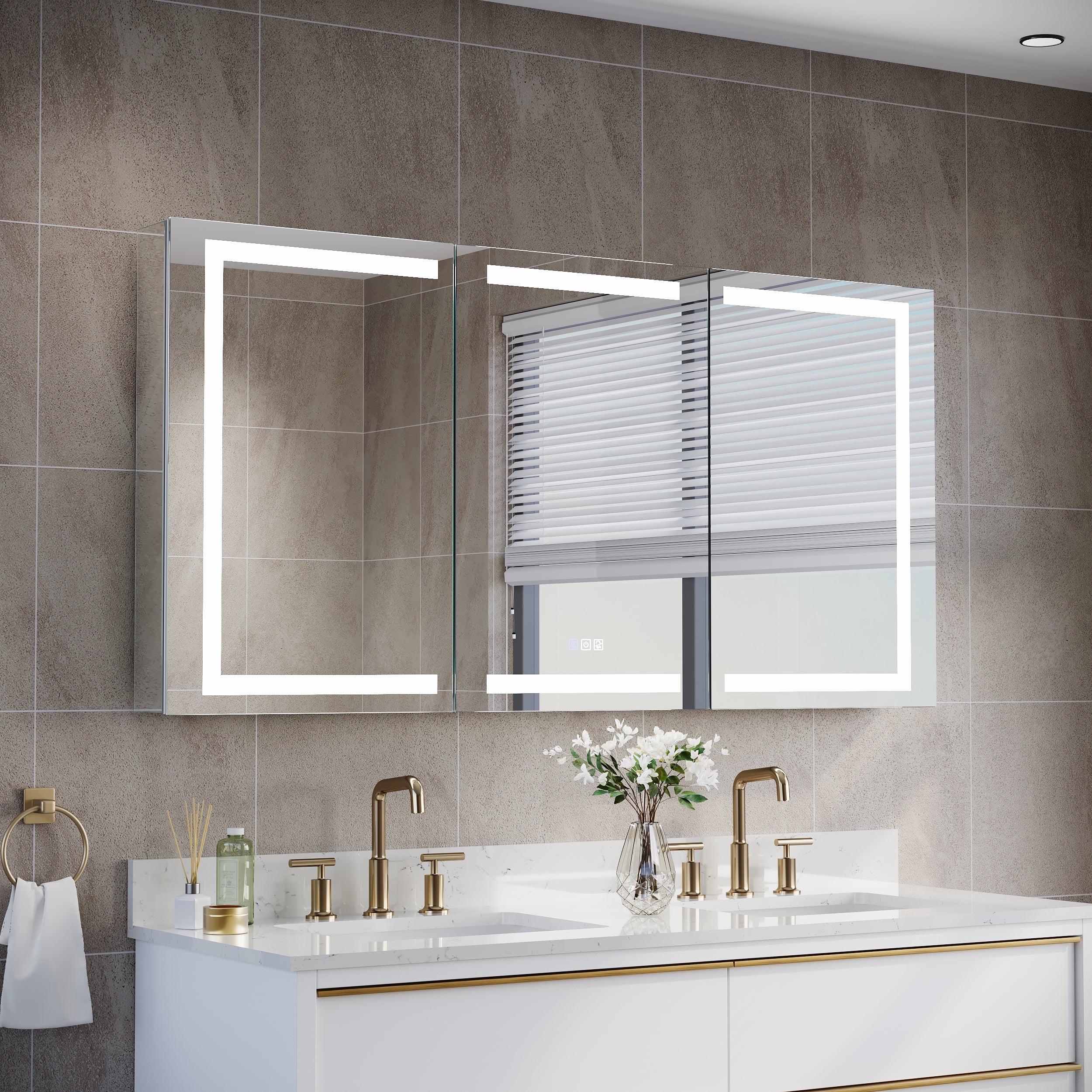


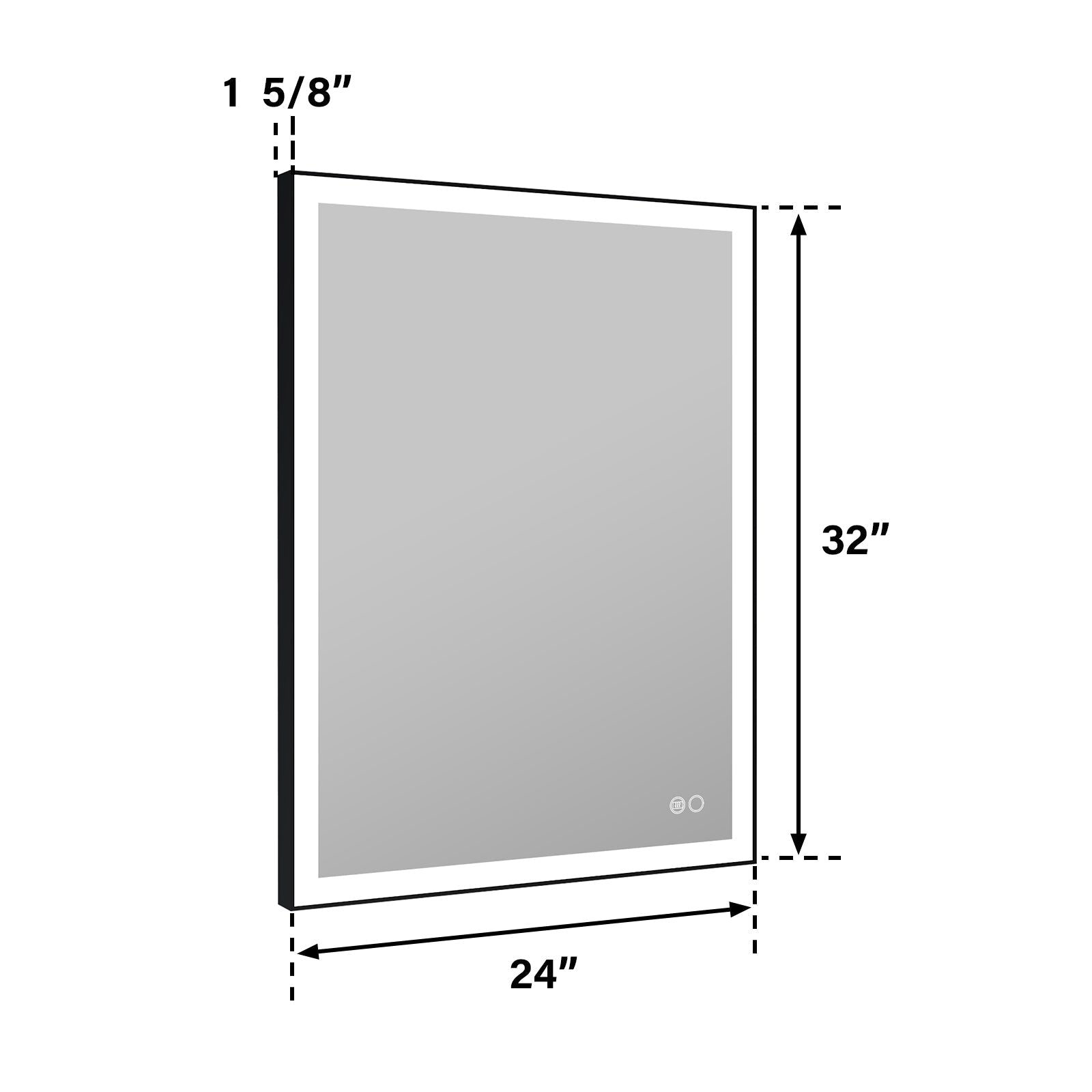
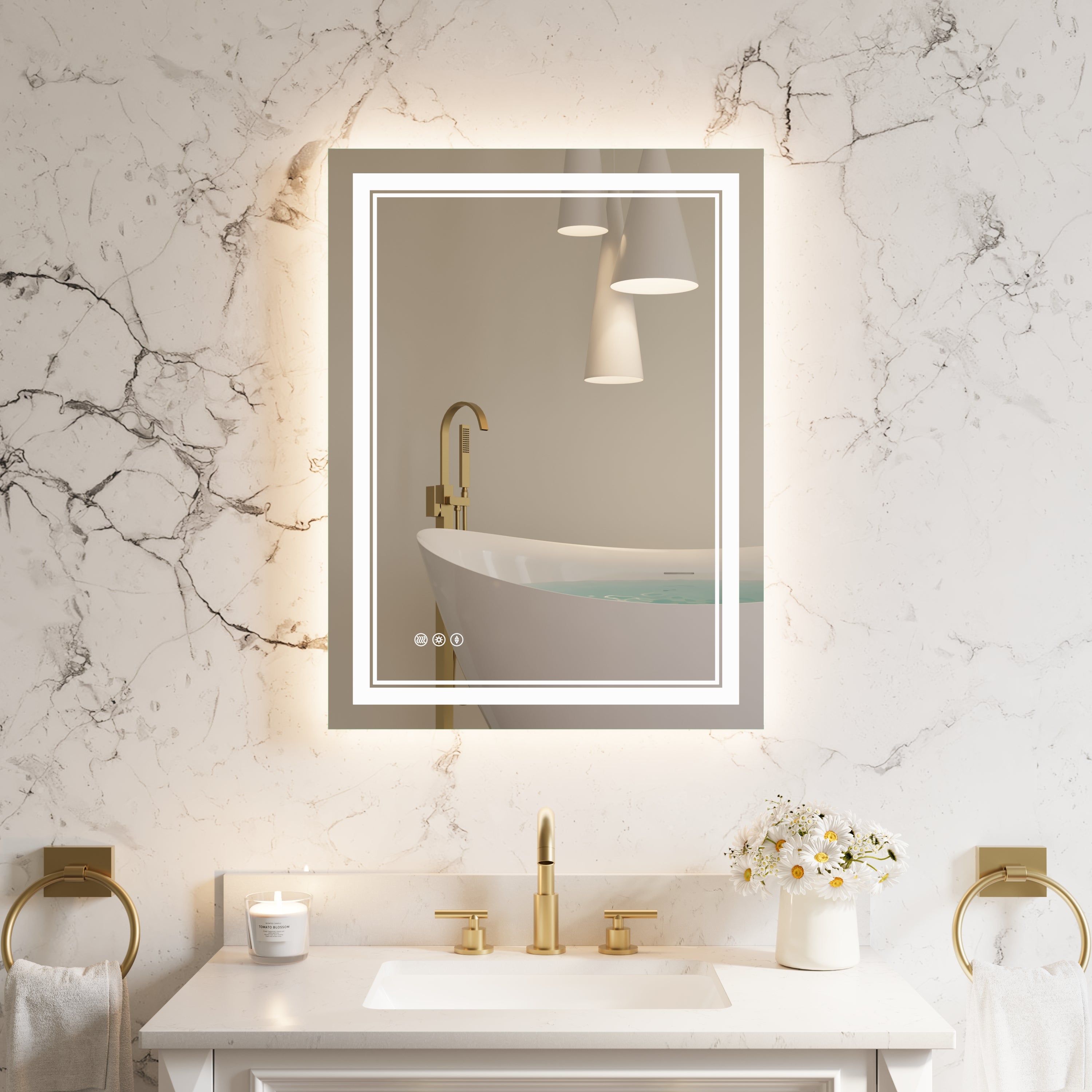
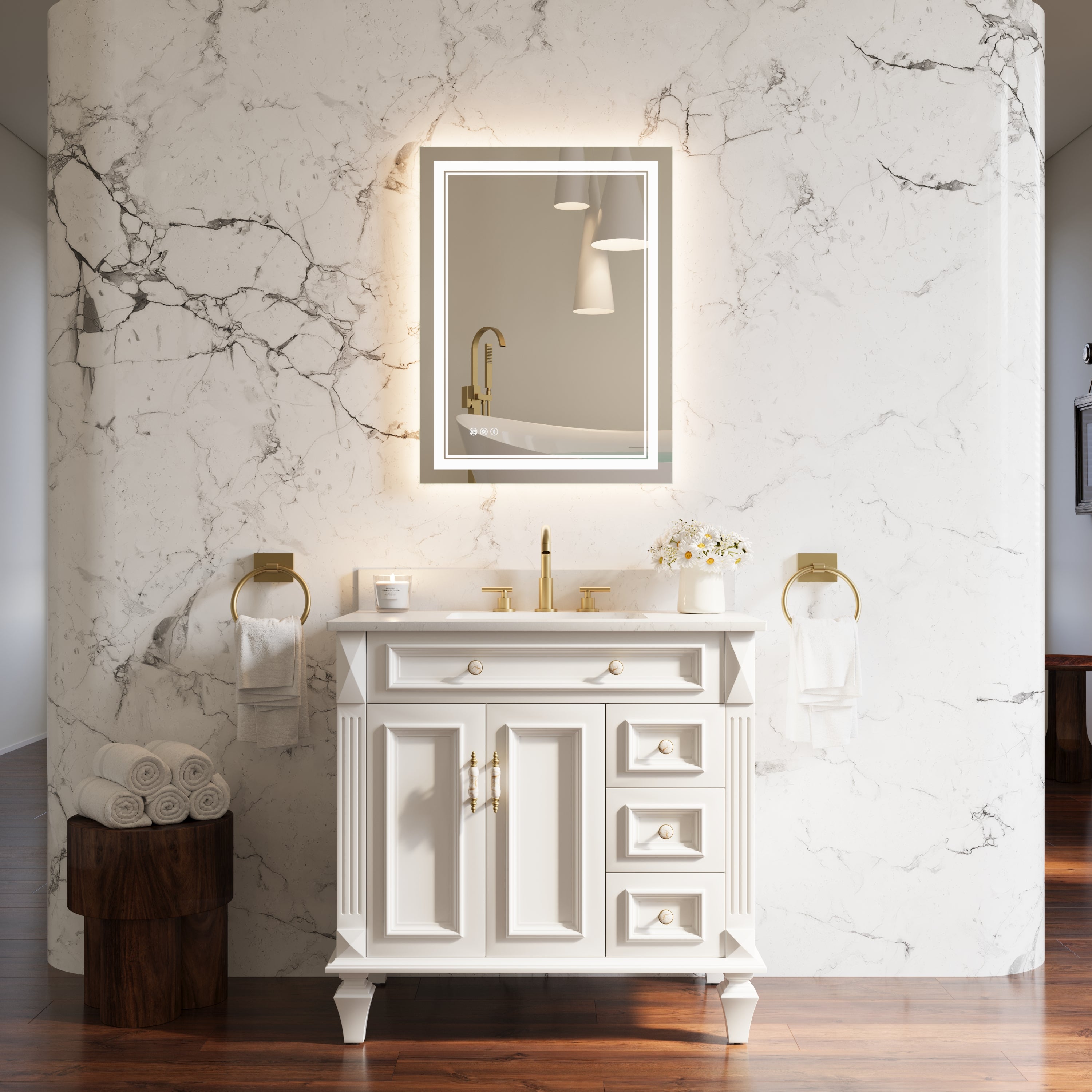
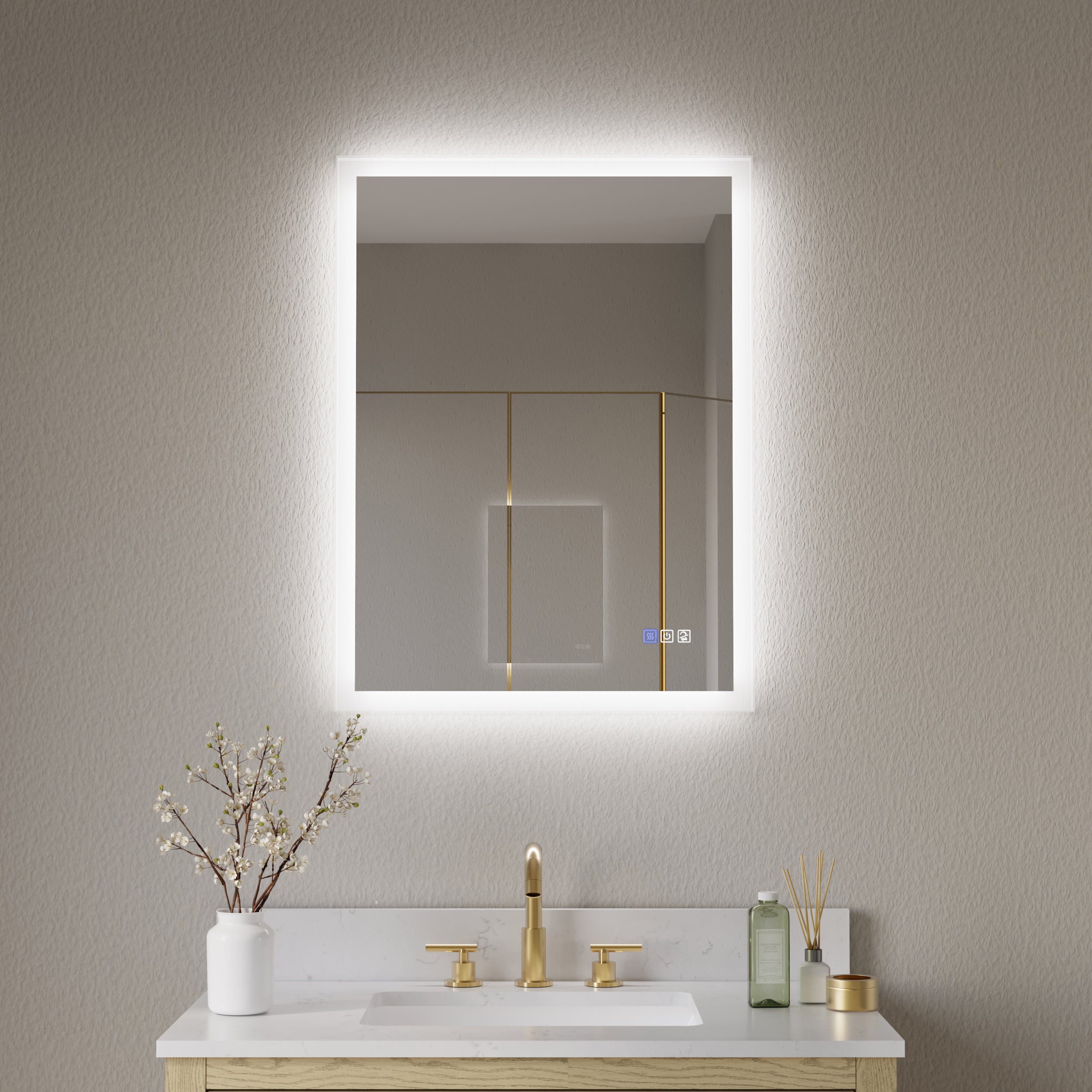

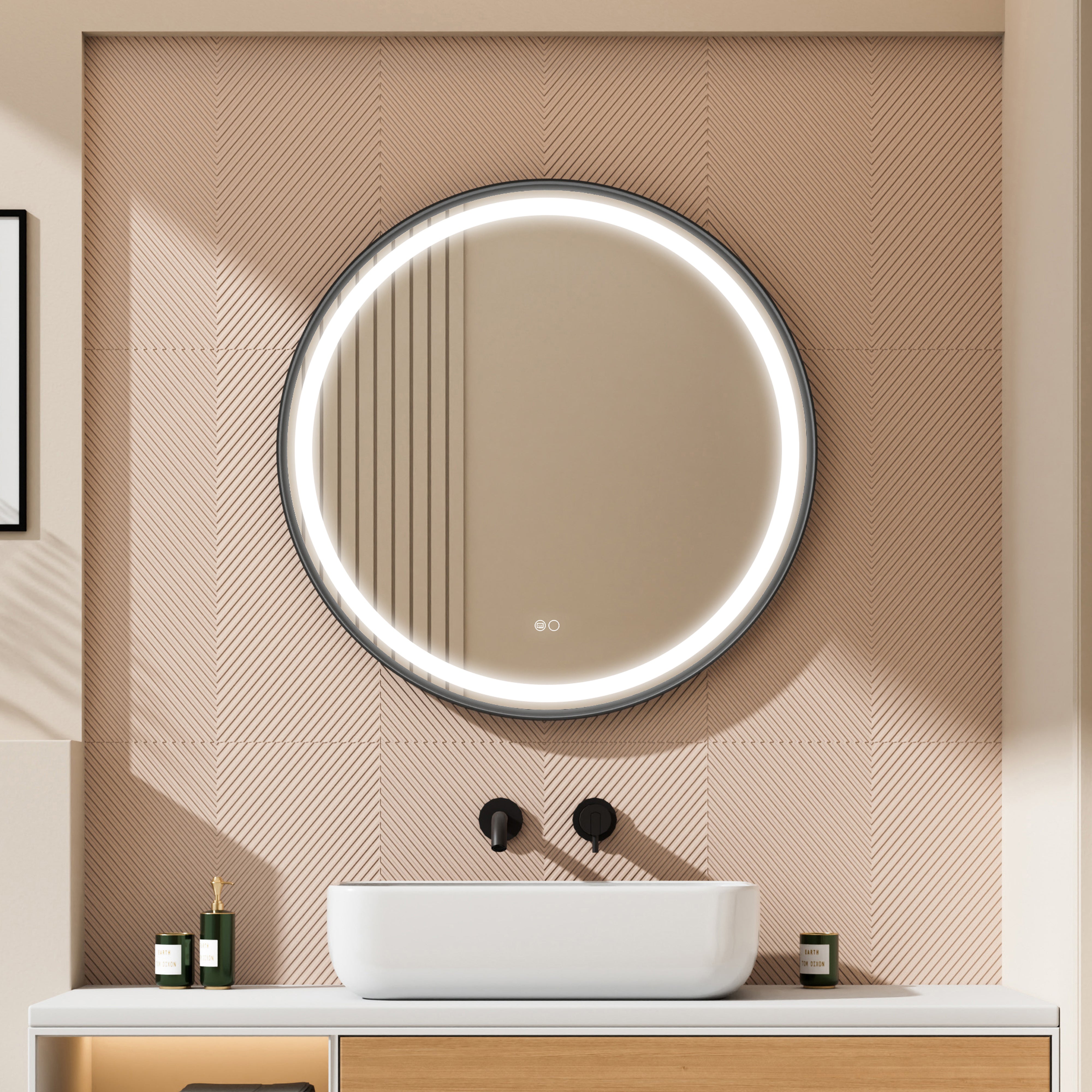



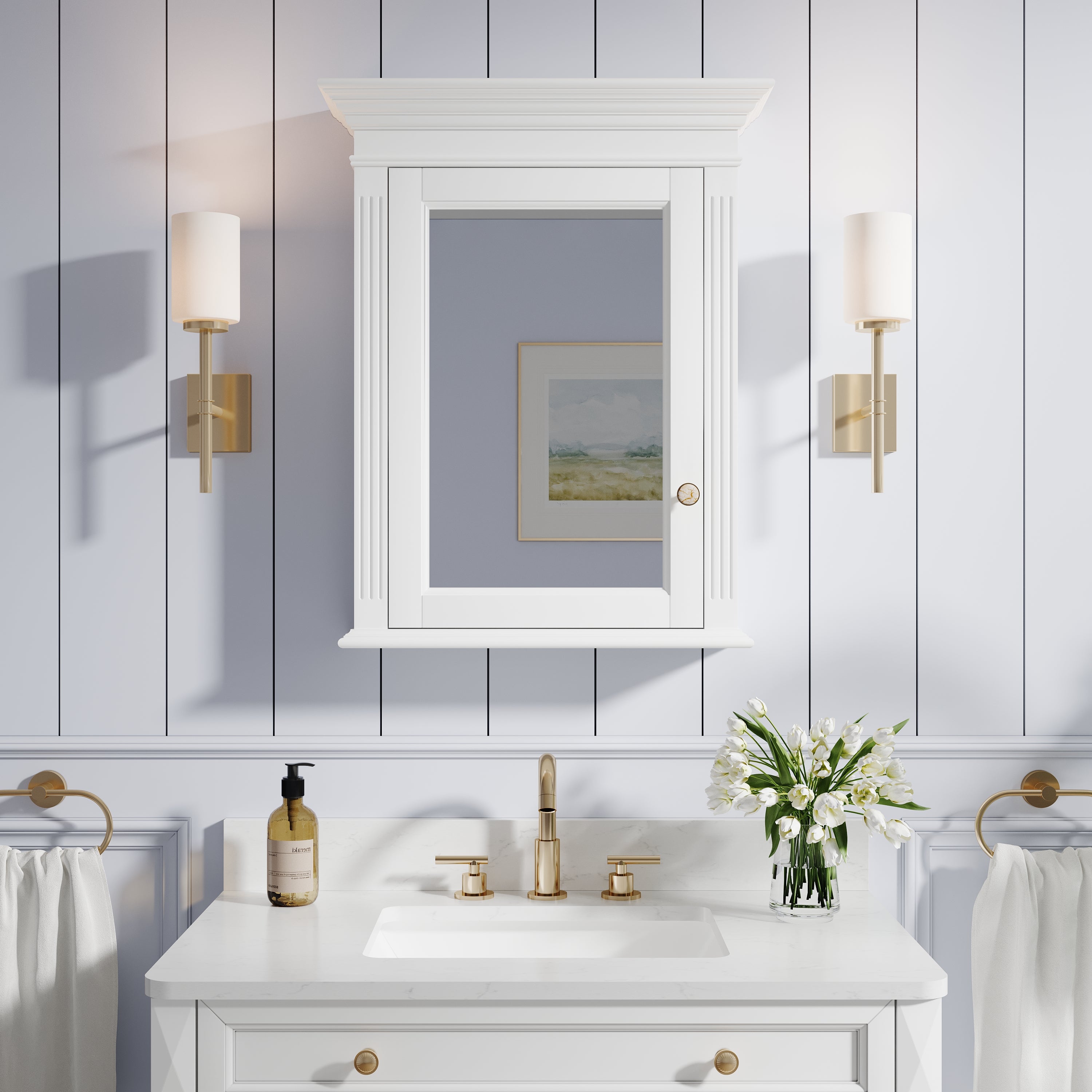
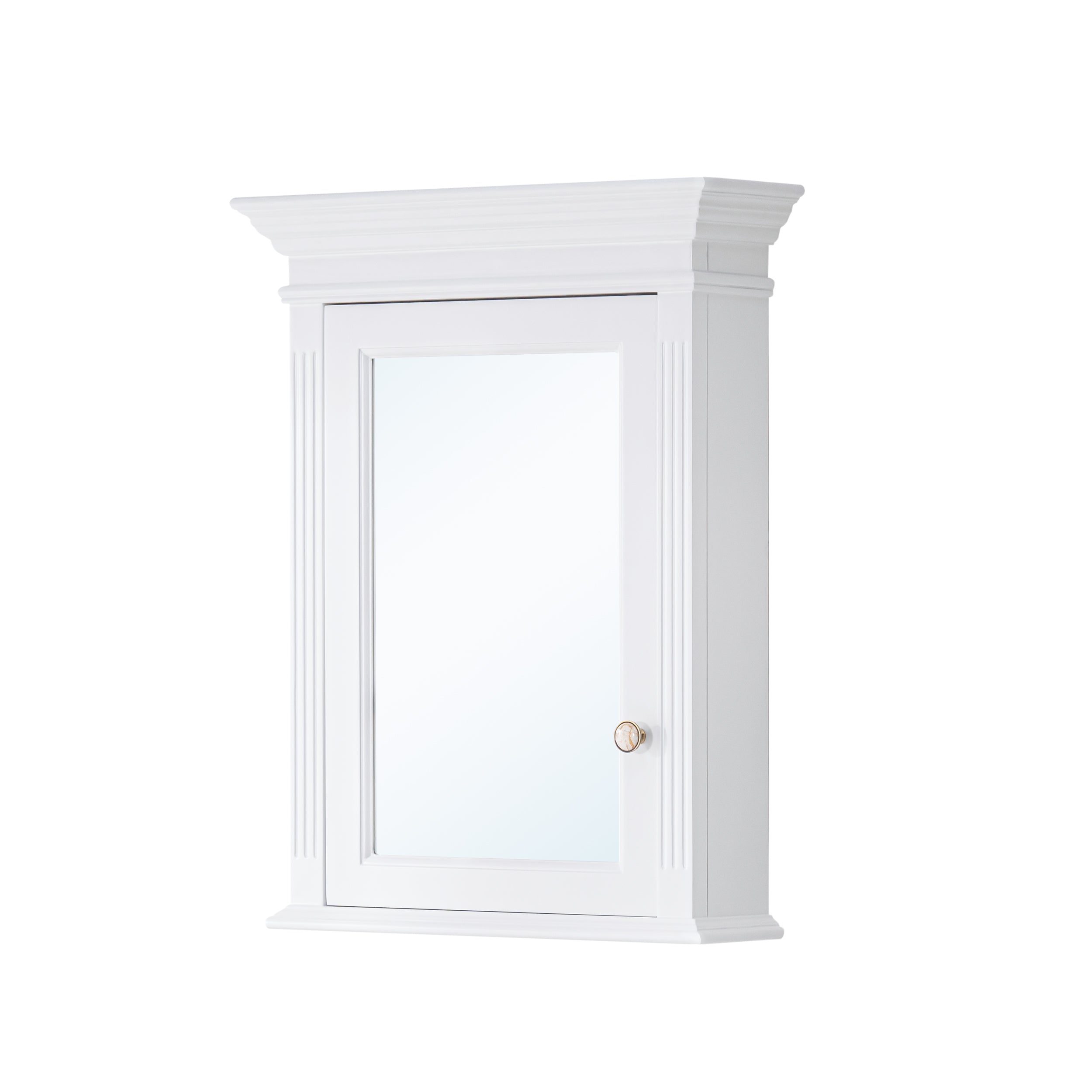
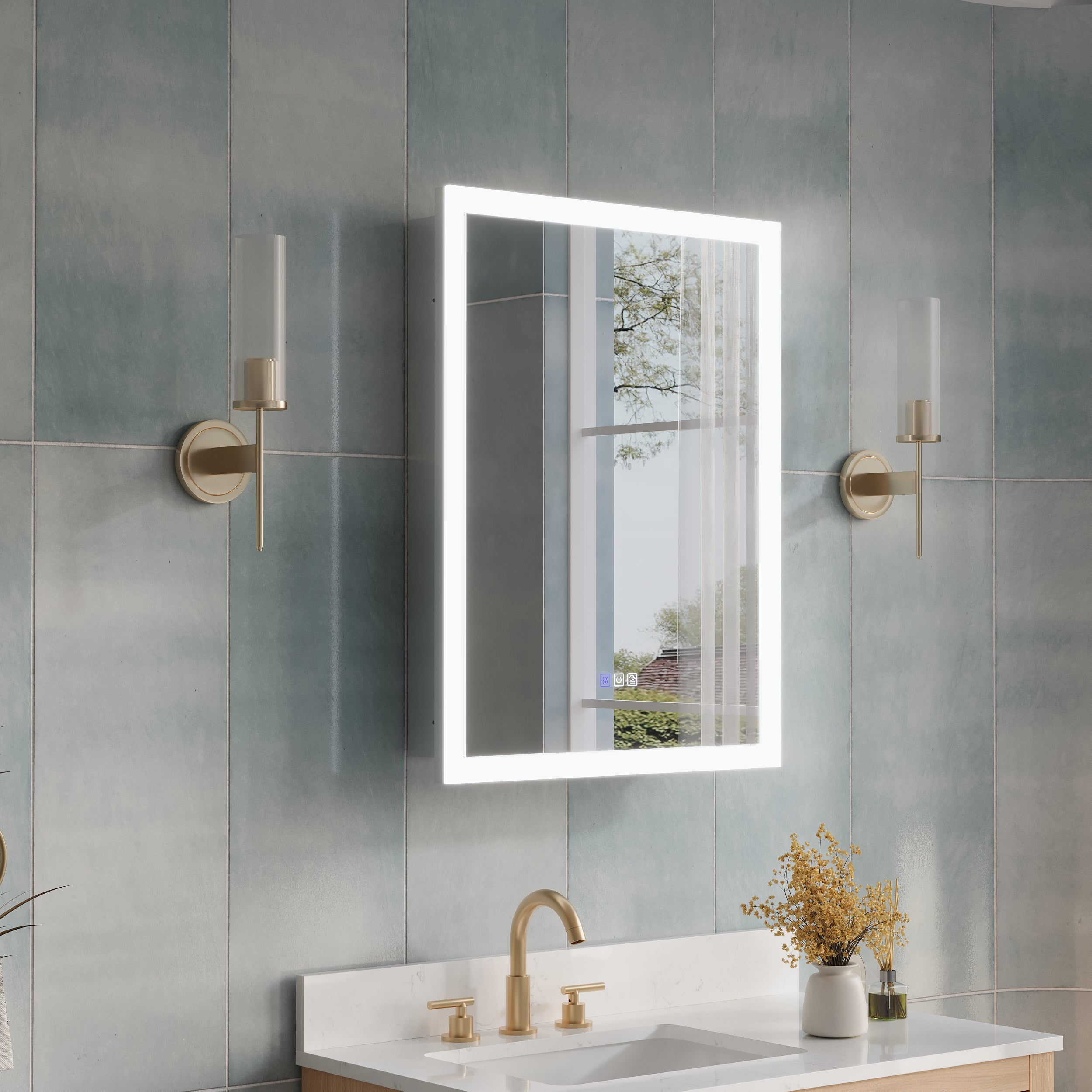

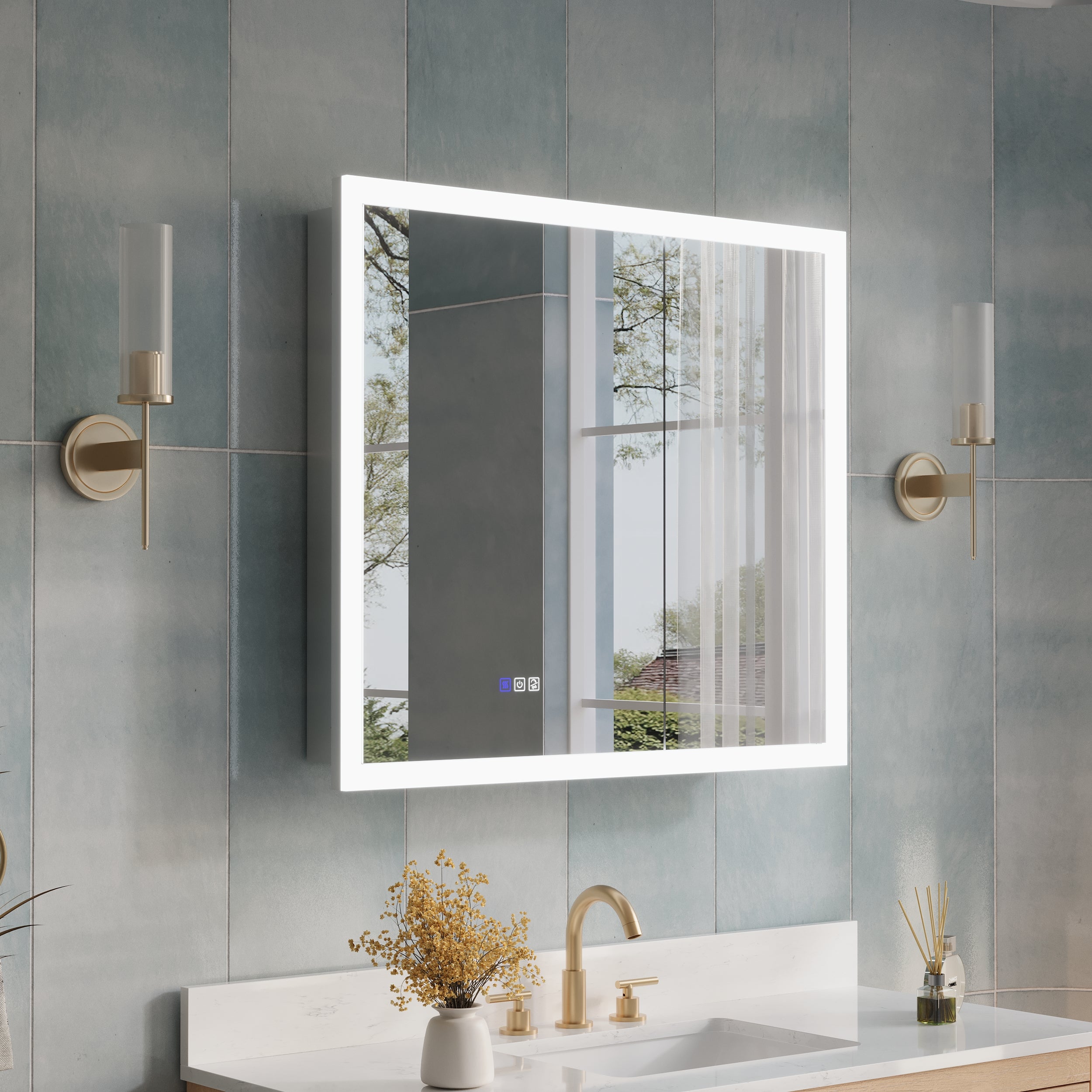


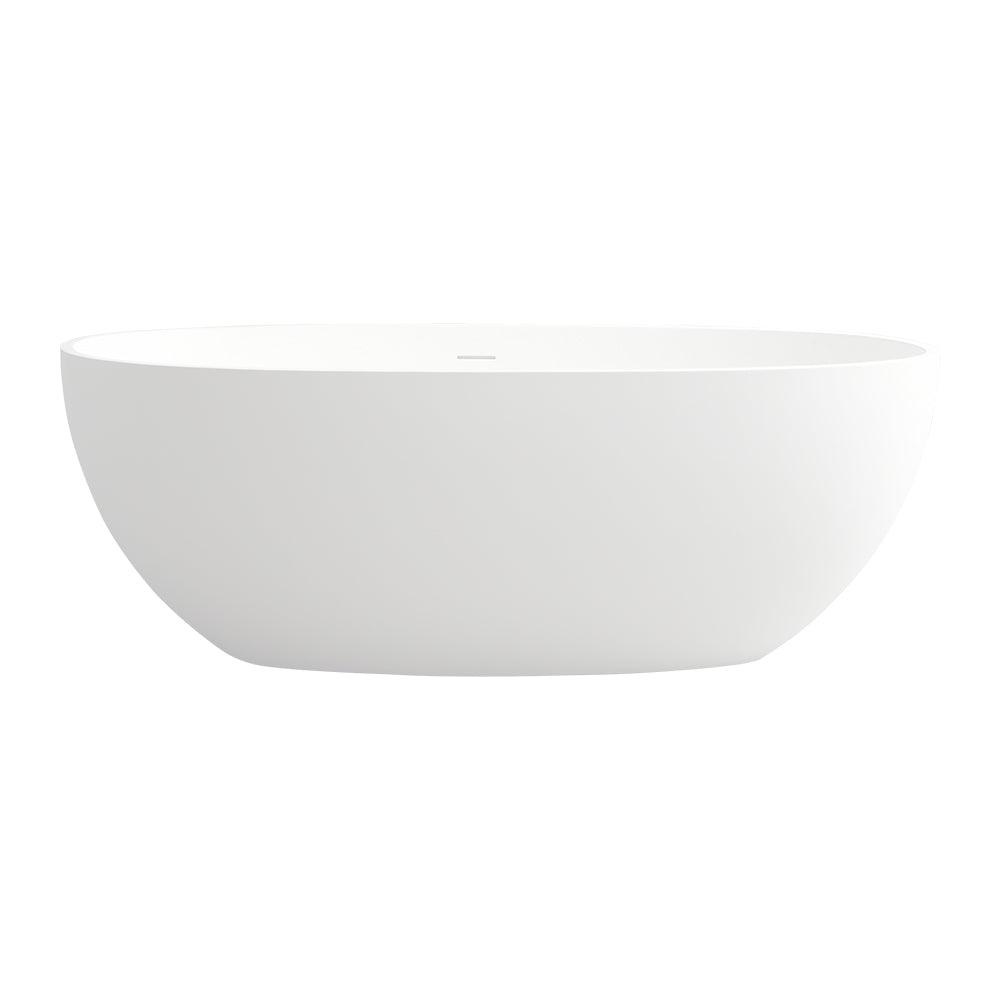


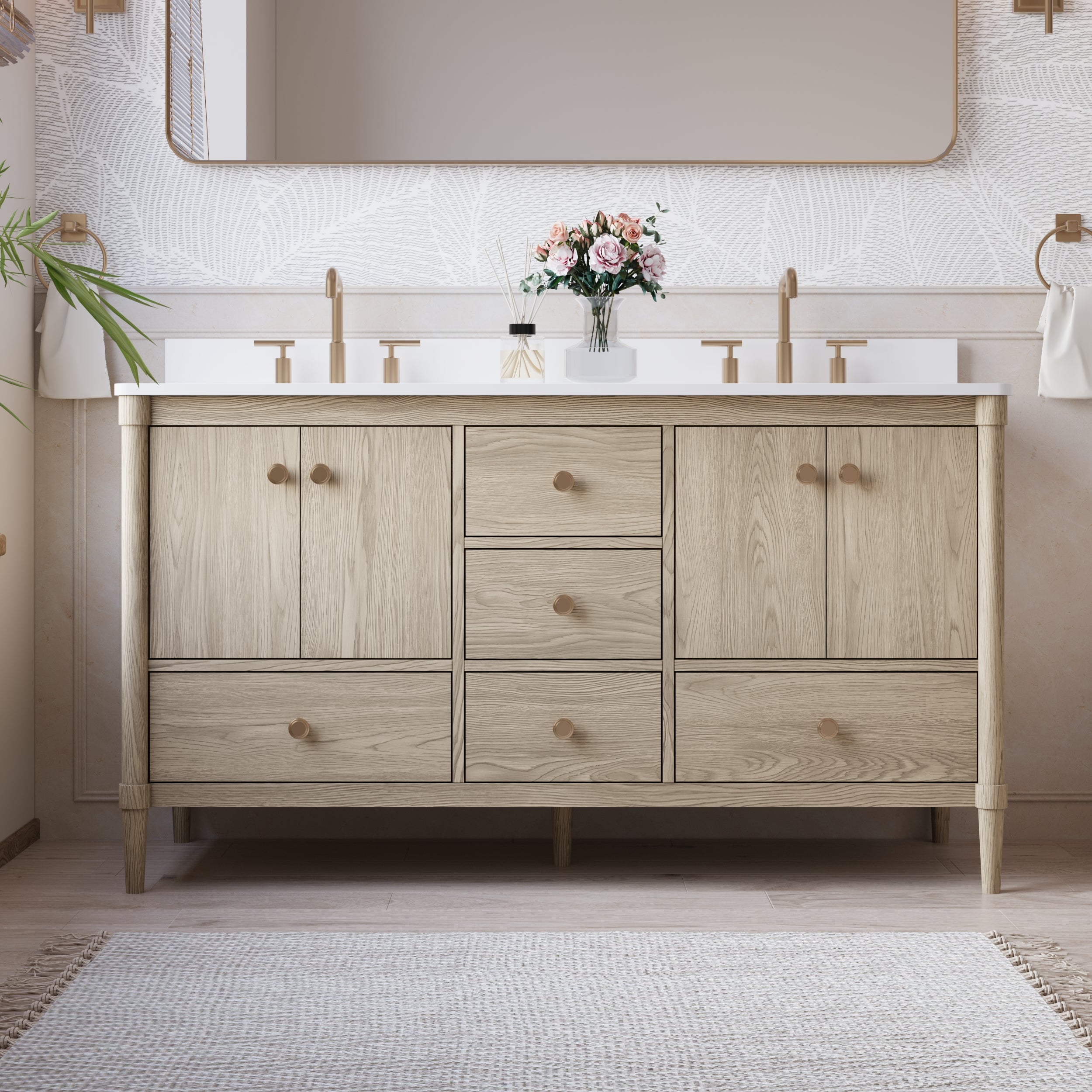
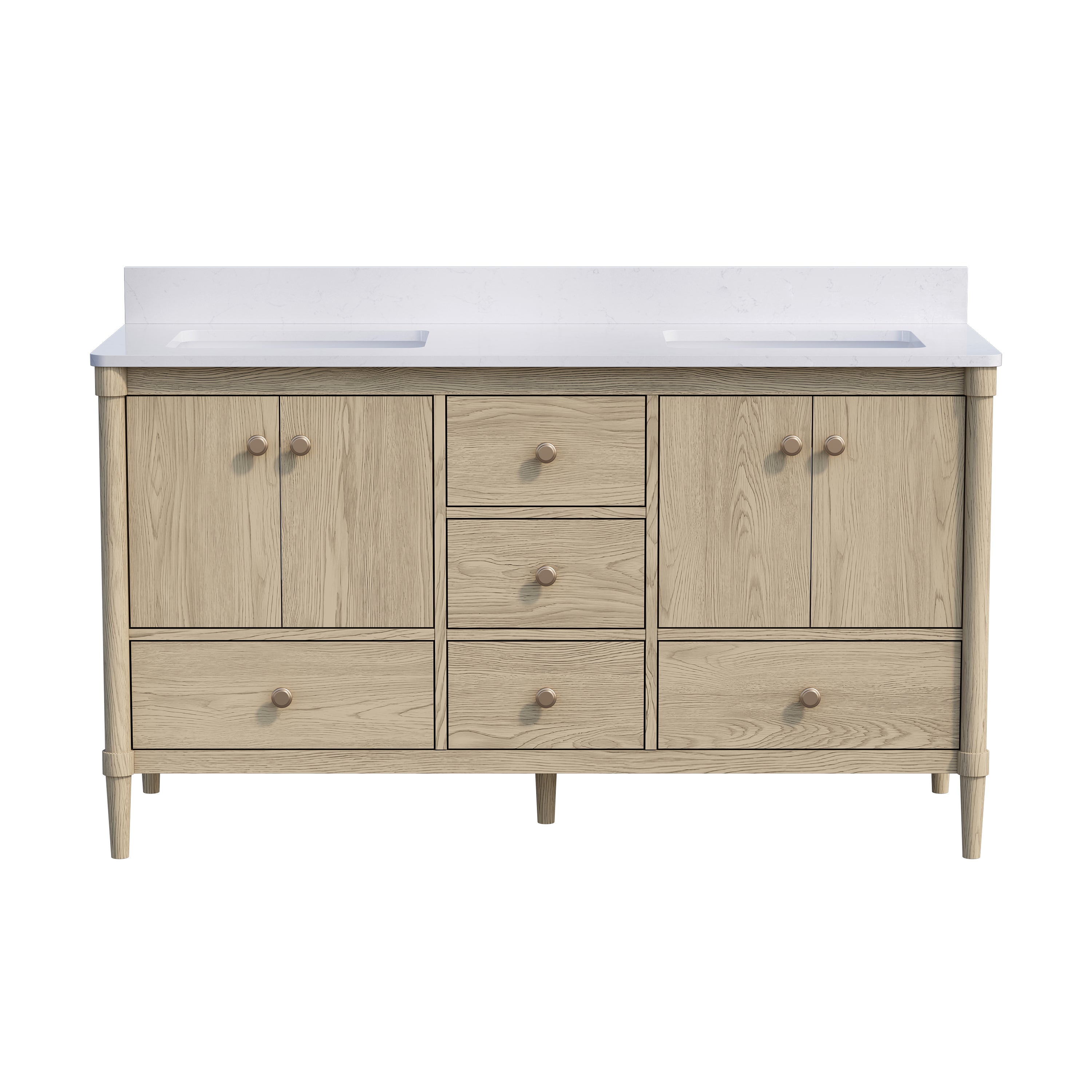
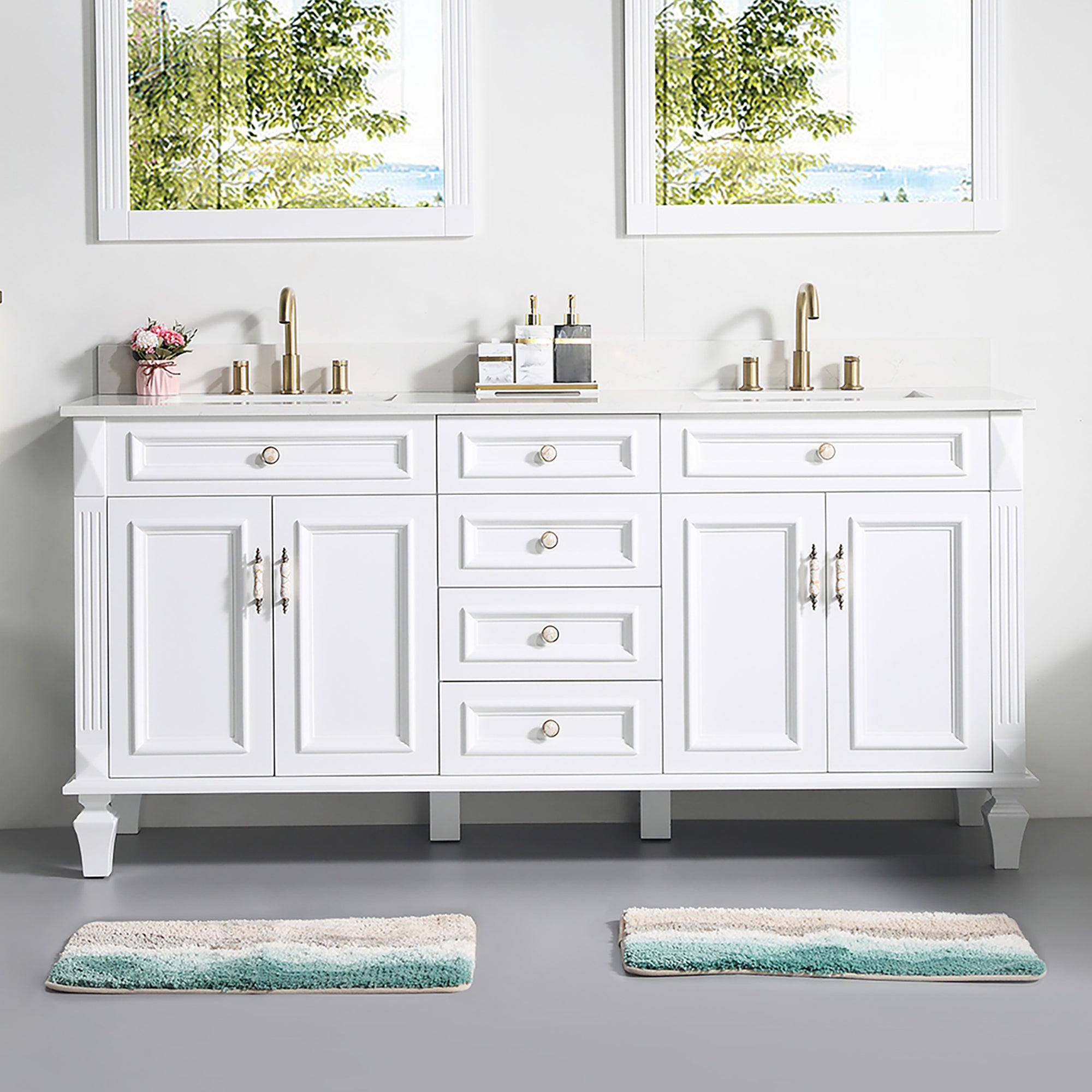

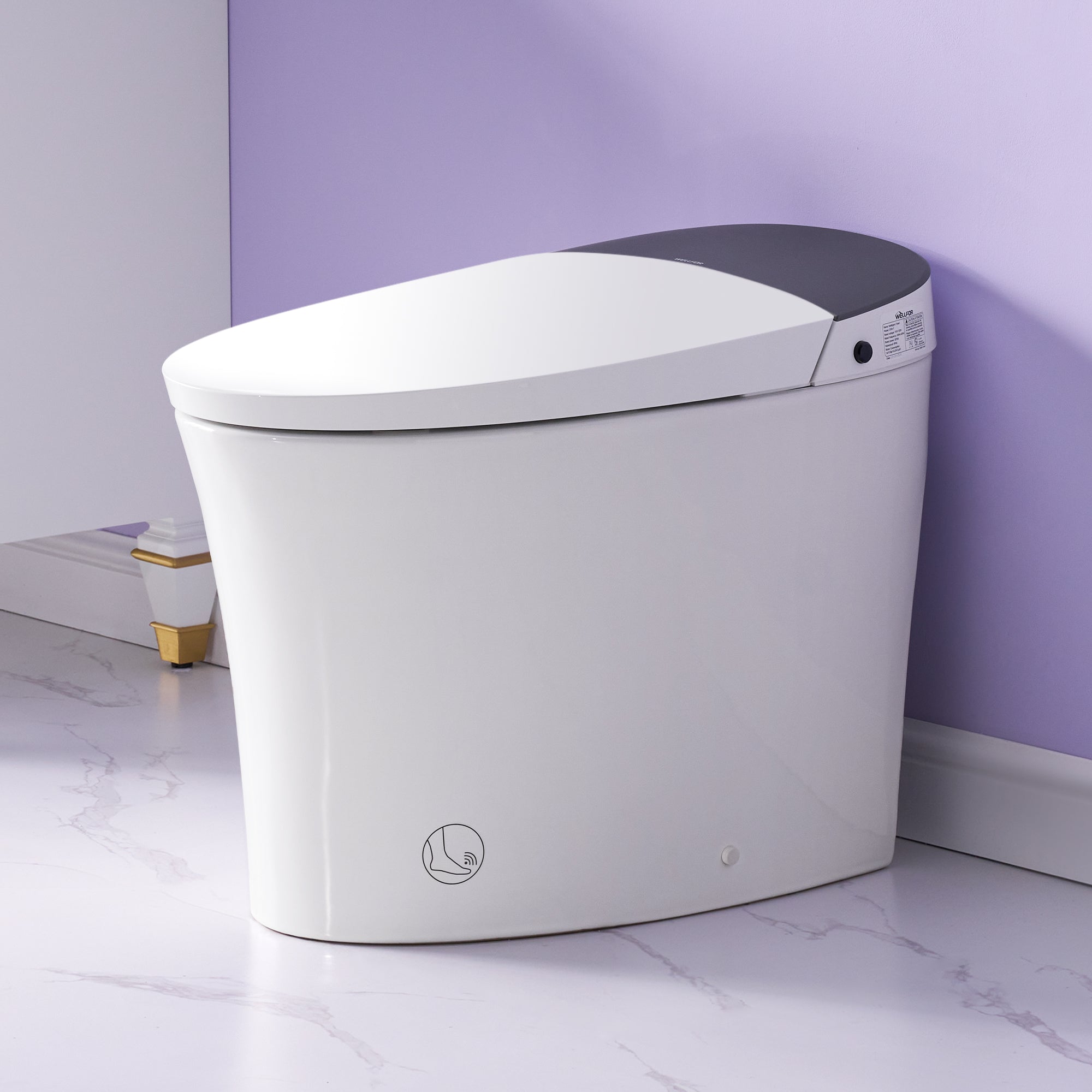
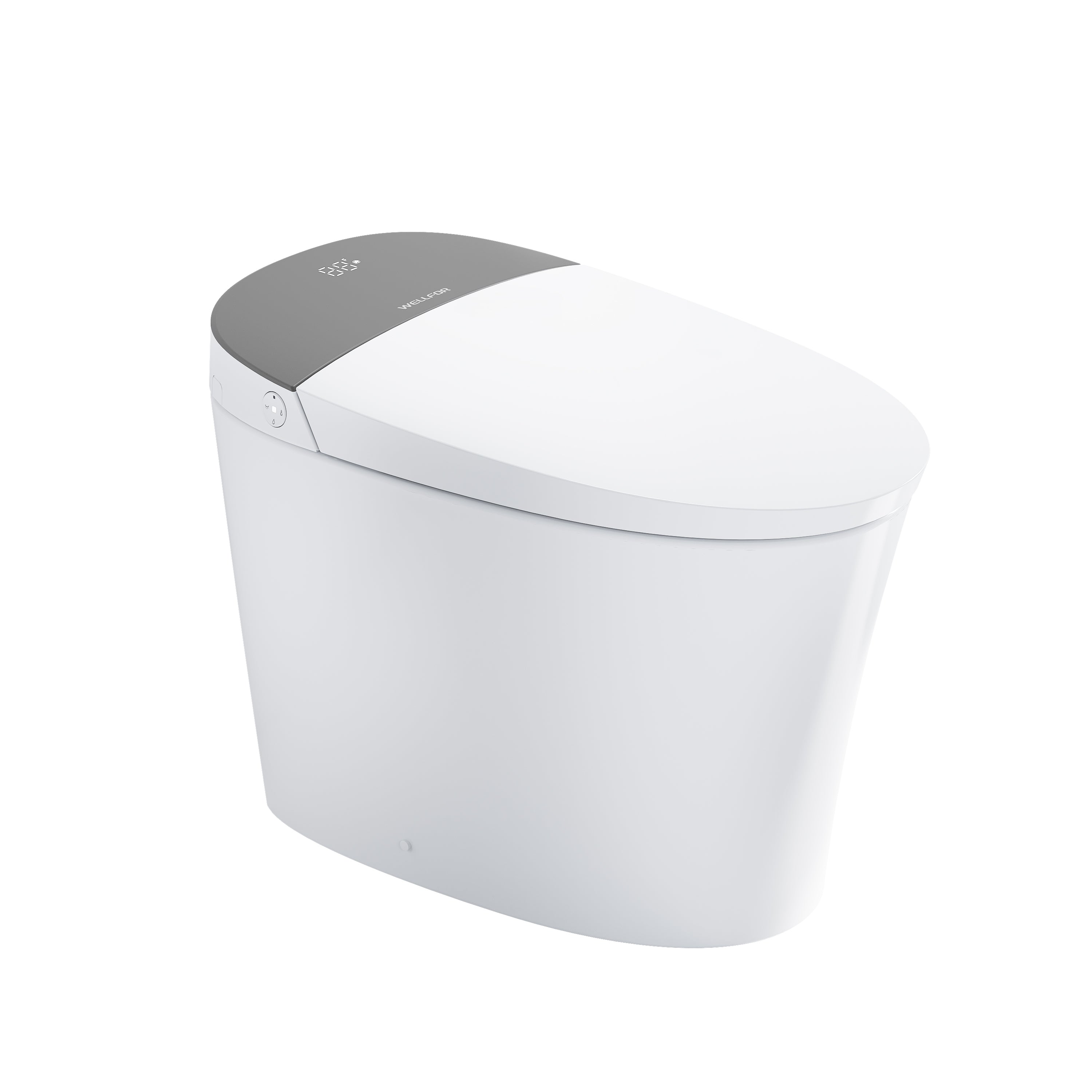

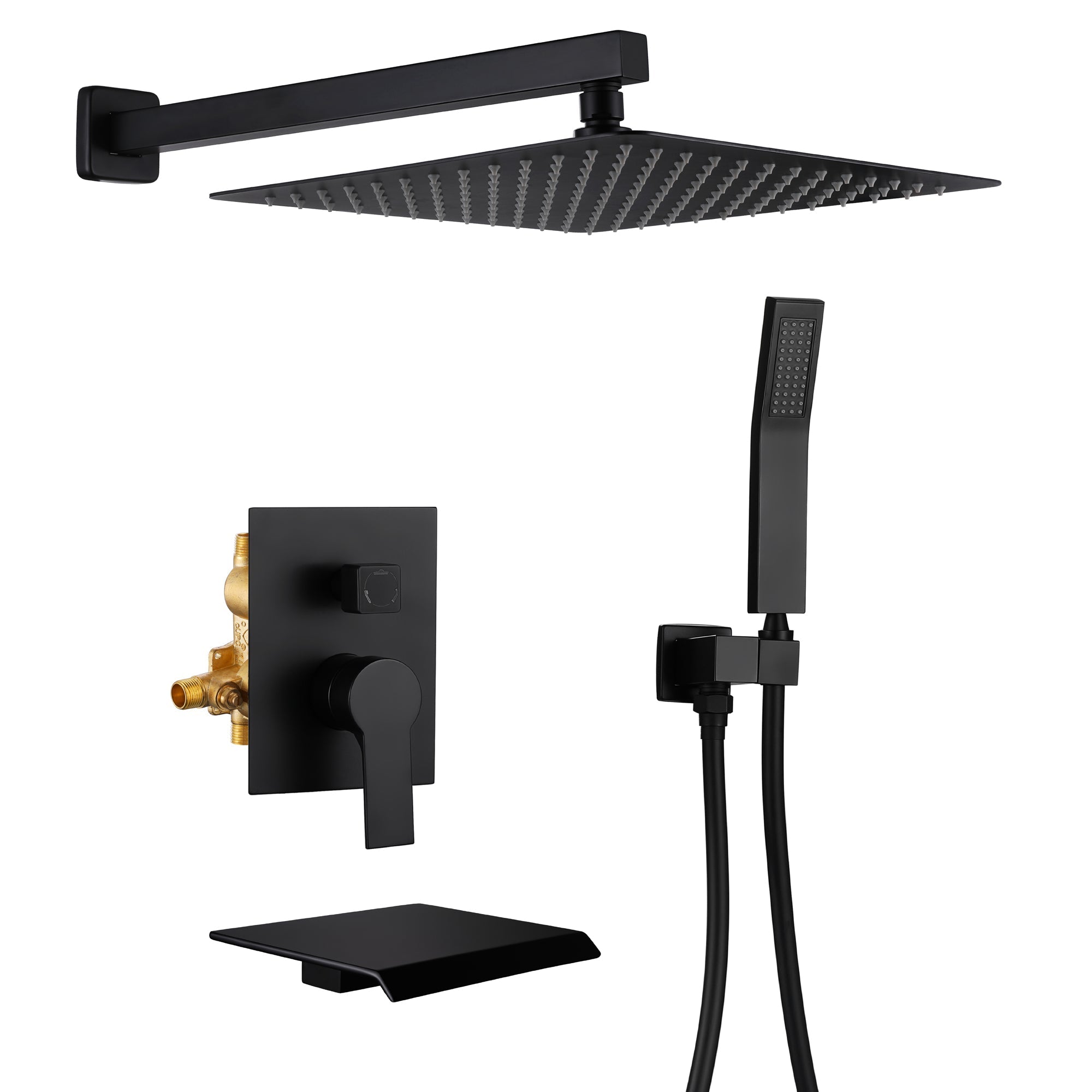
Leave a comment
This site is protected by hCaptcha and the hCaptcha Privacy Policy and Terms of Service apply.